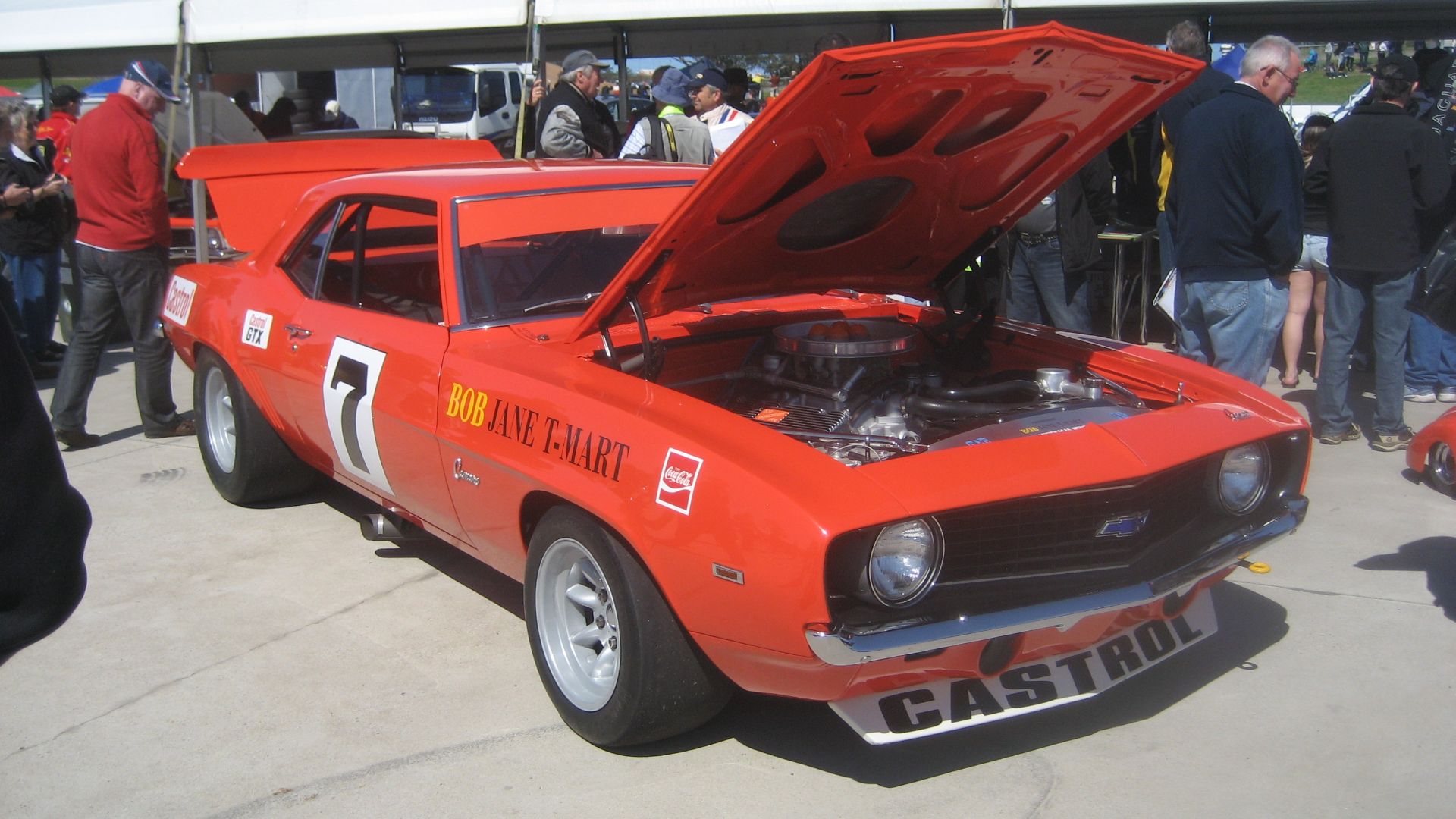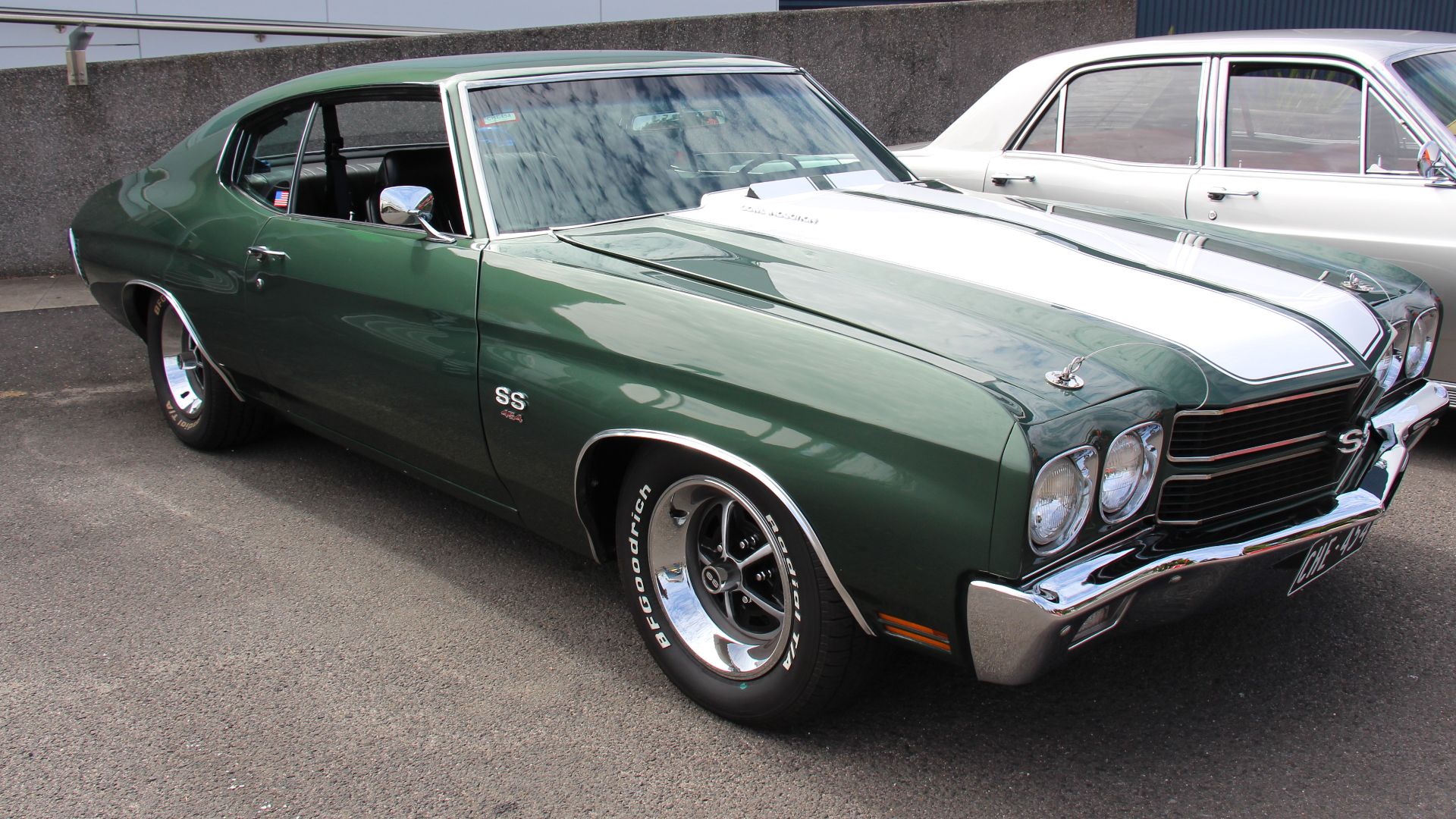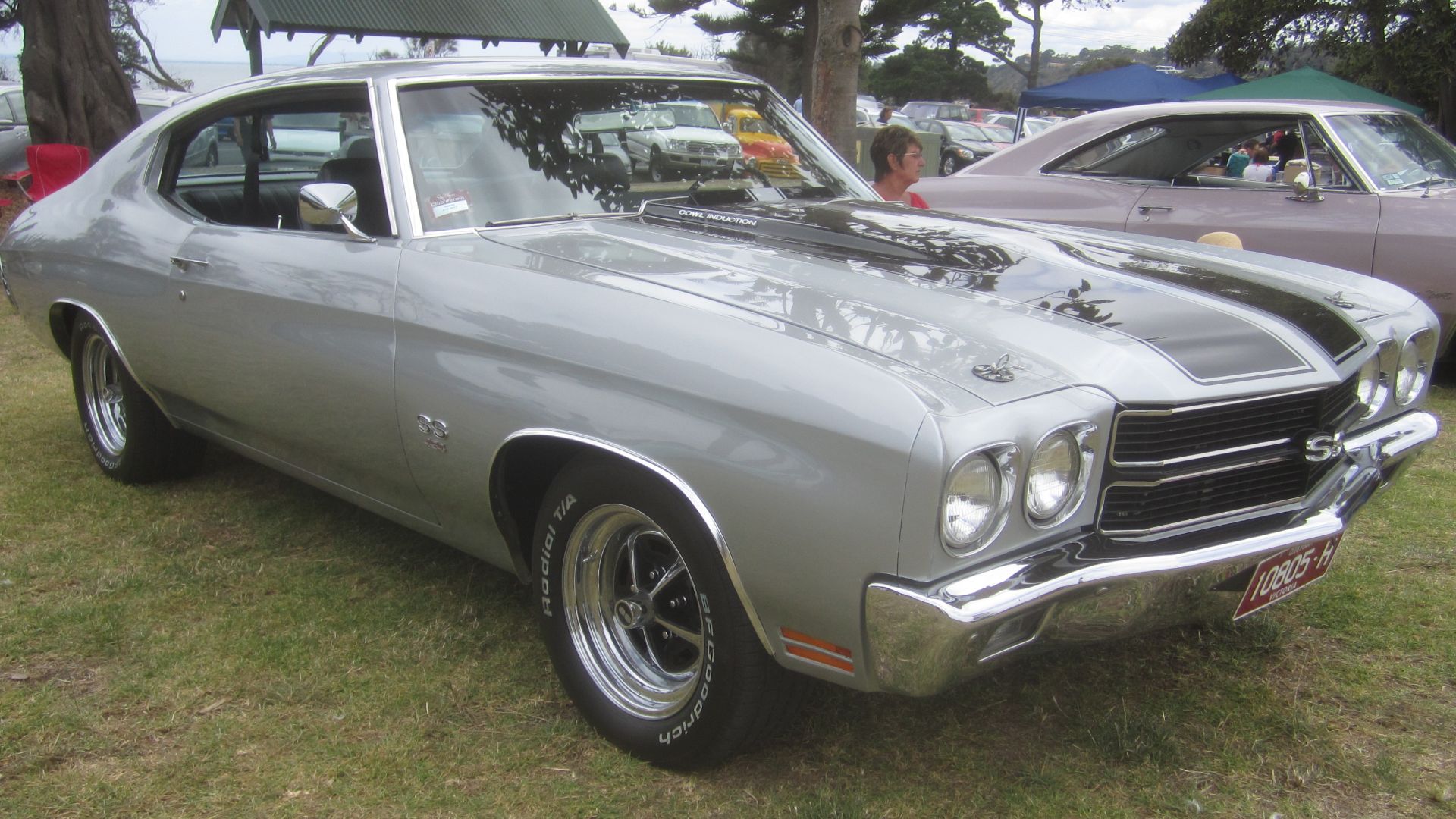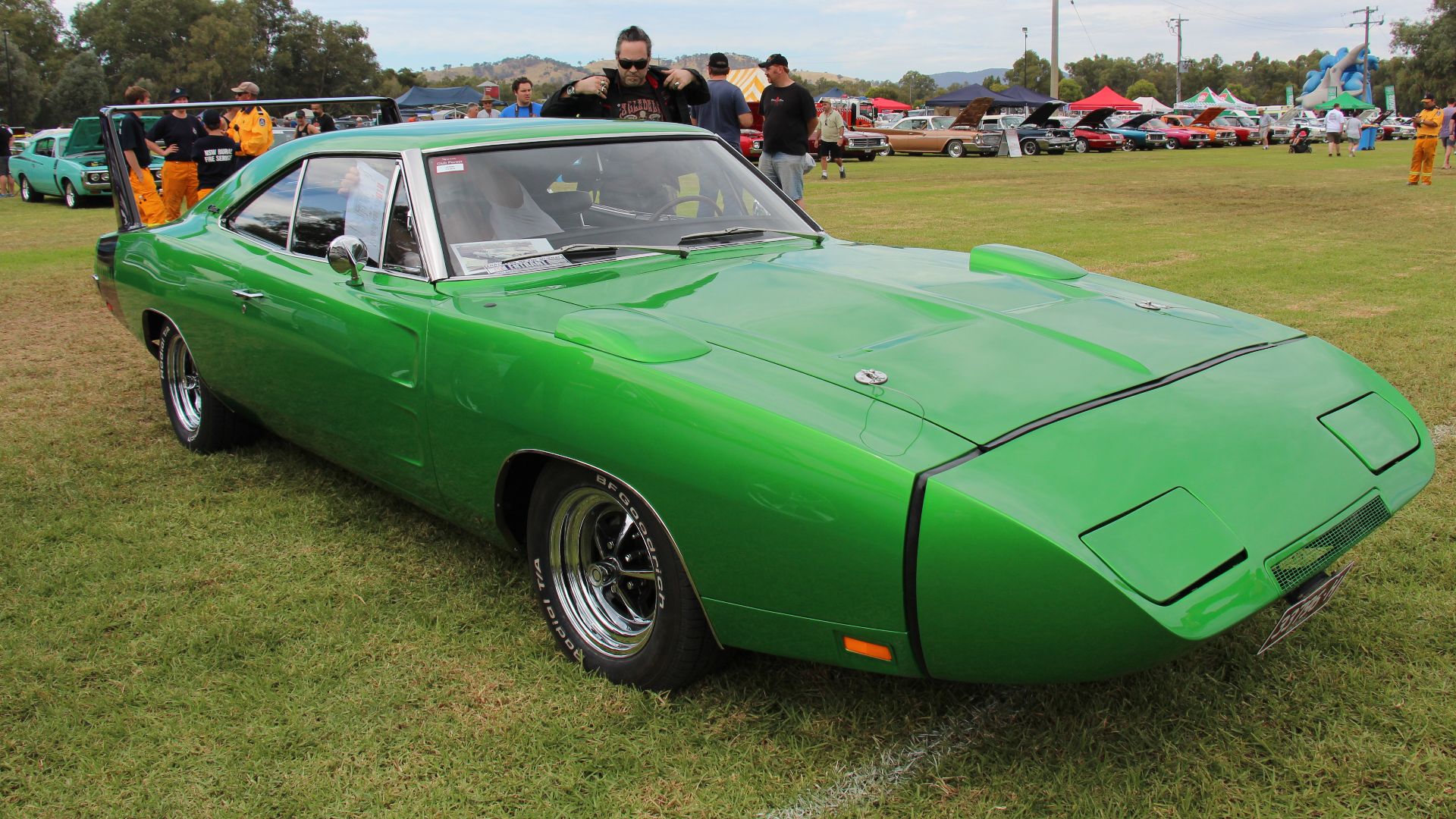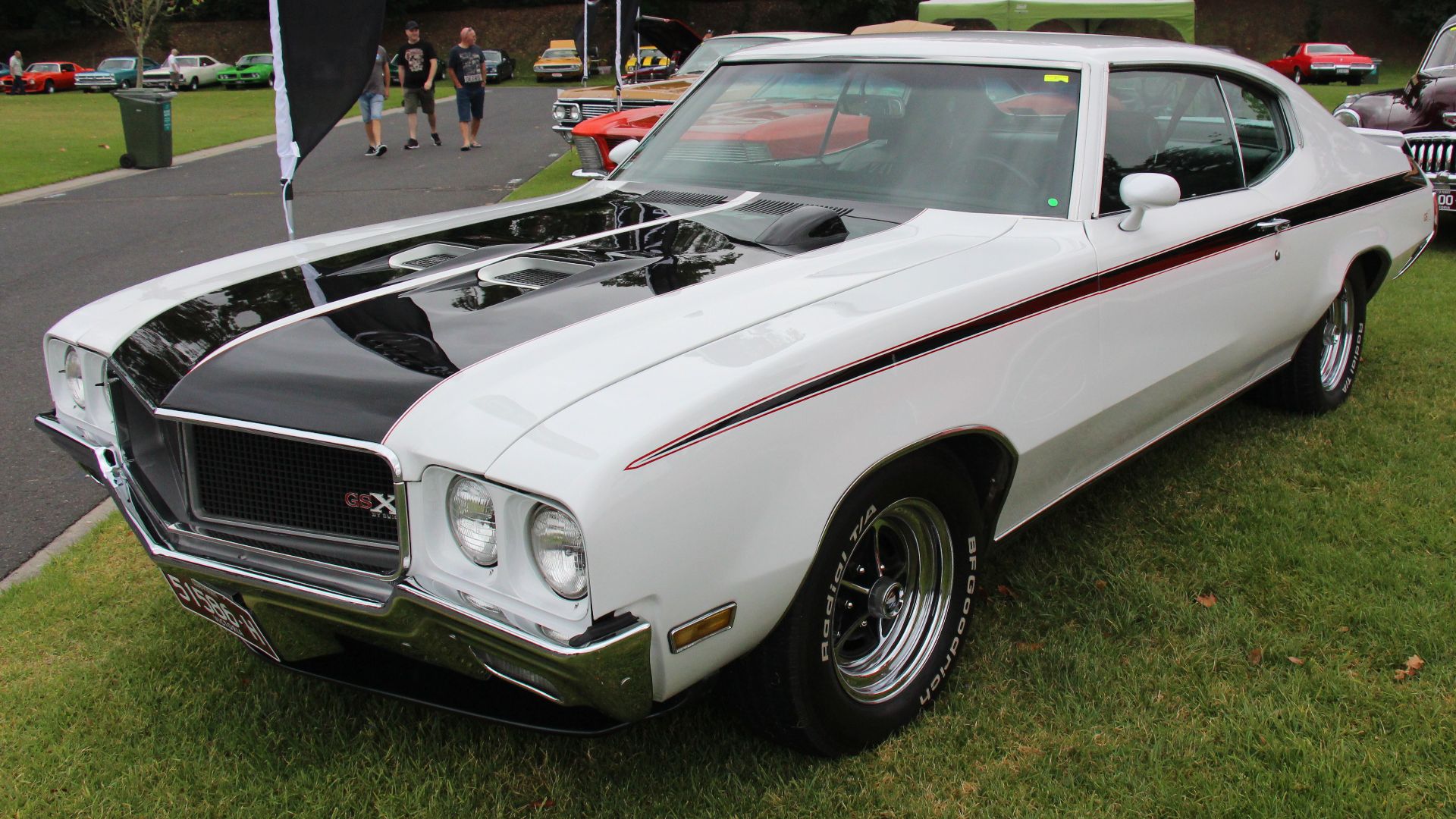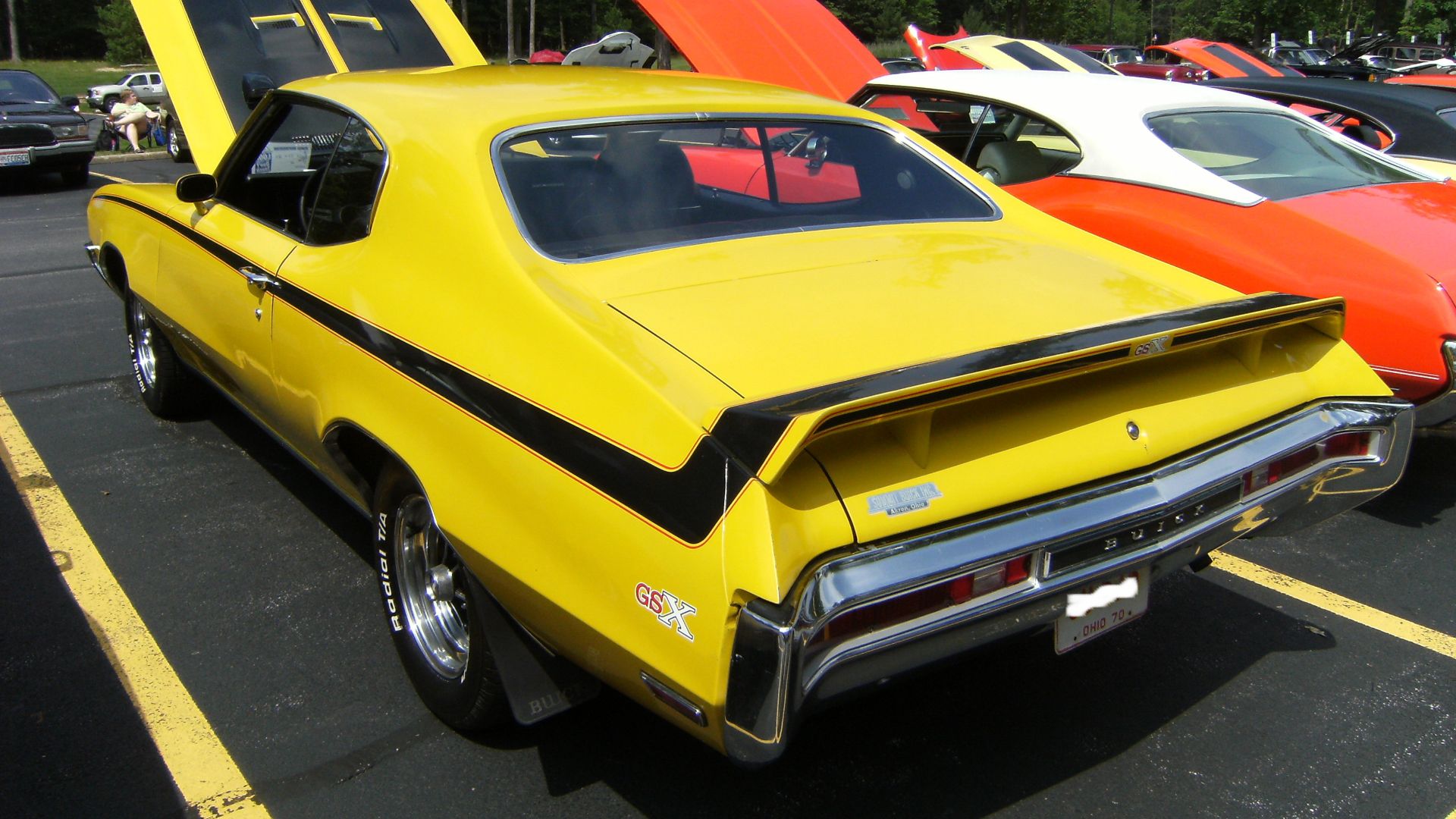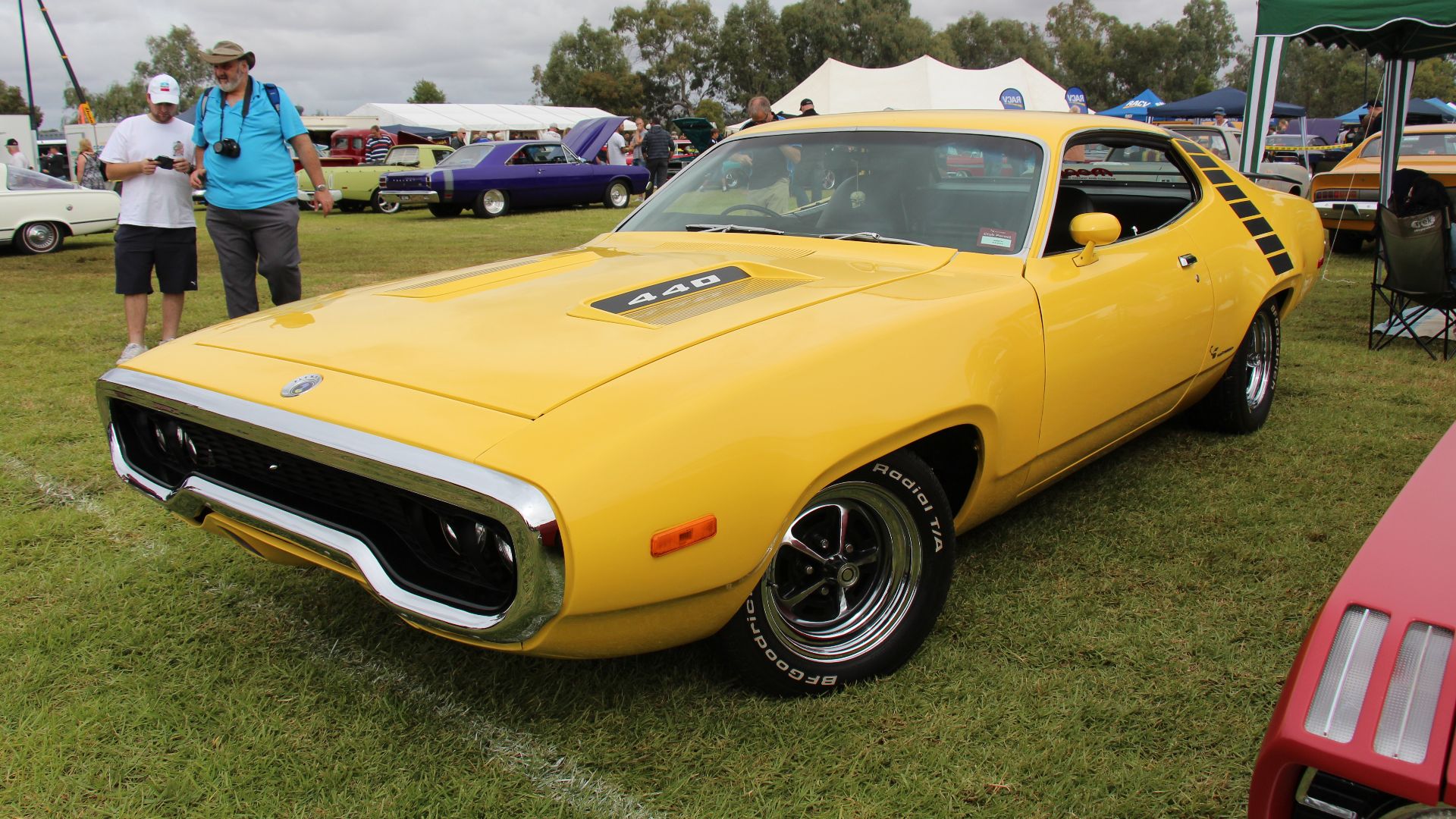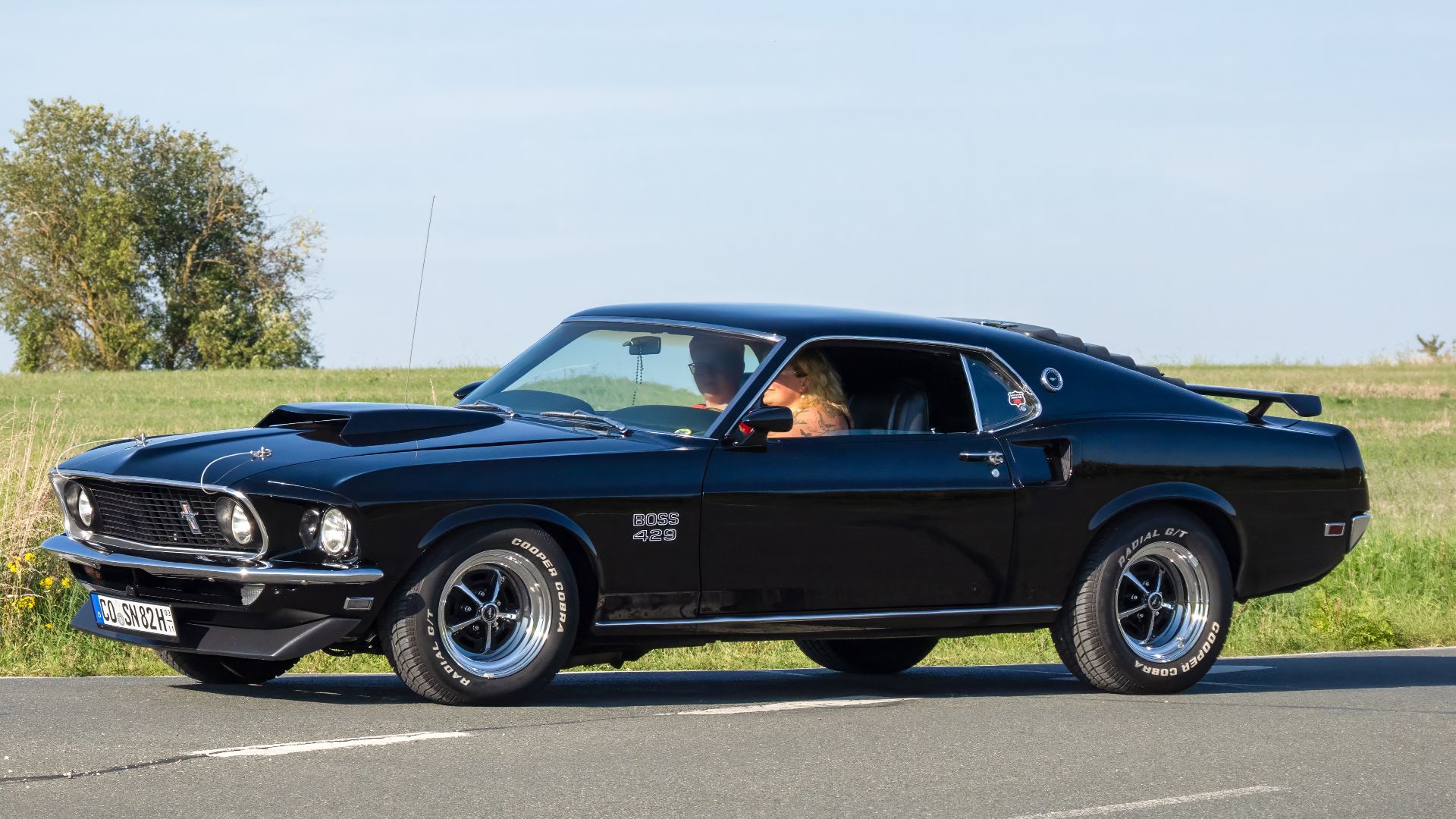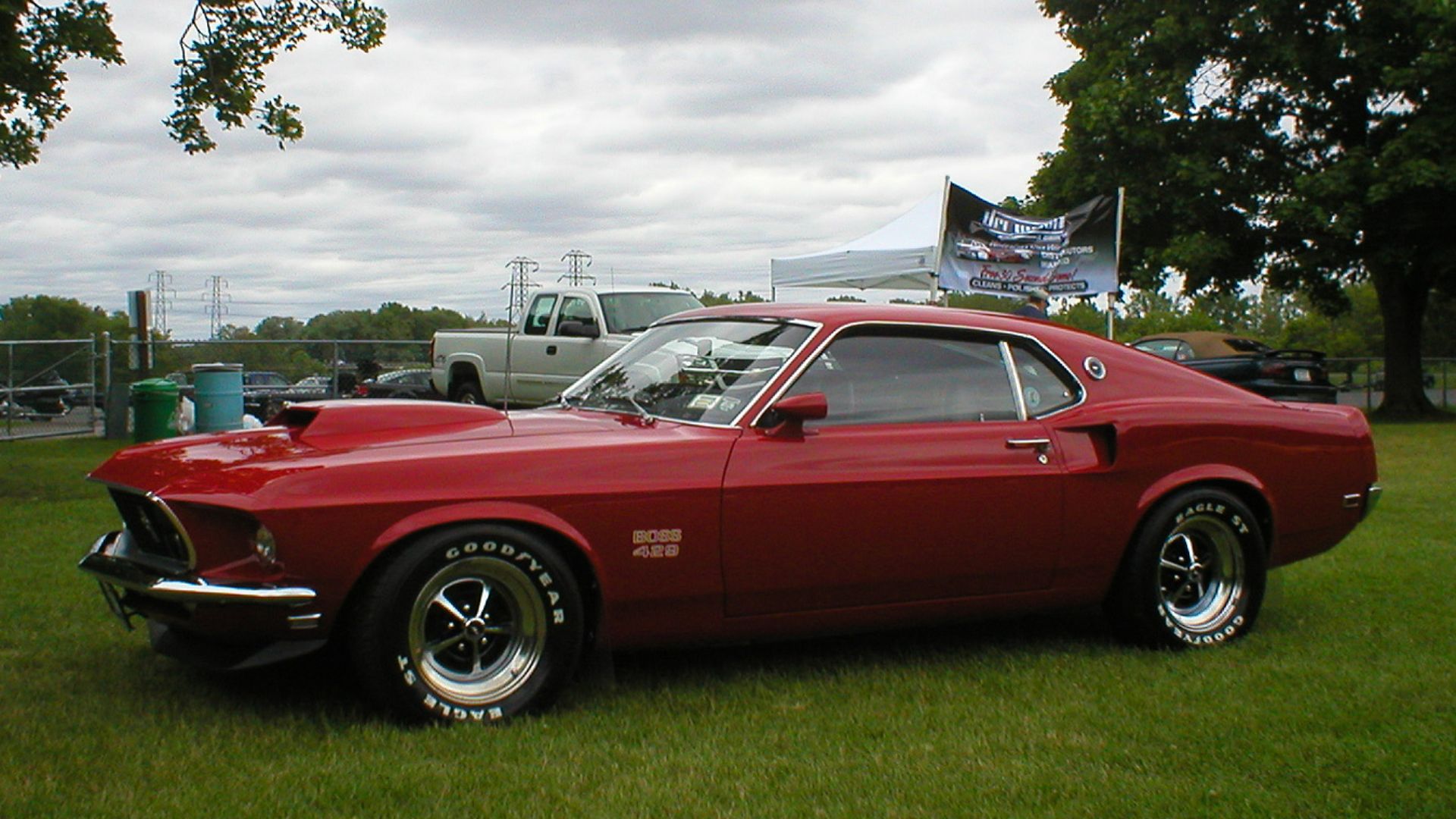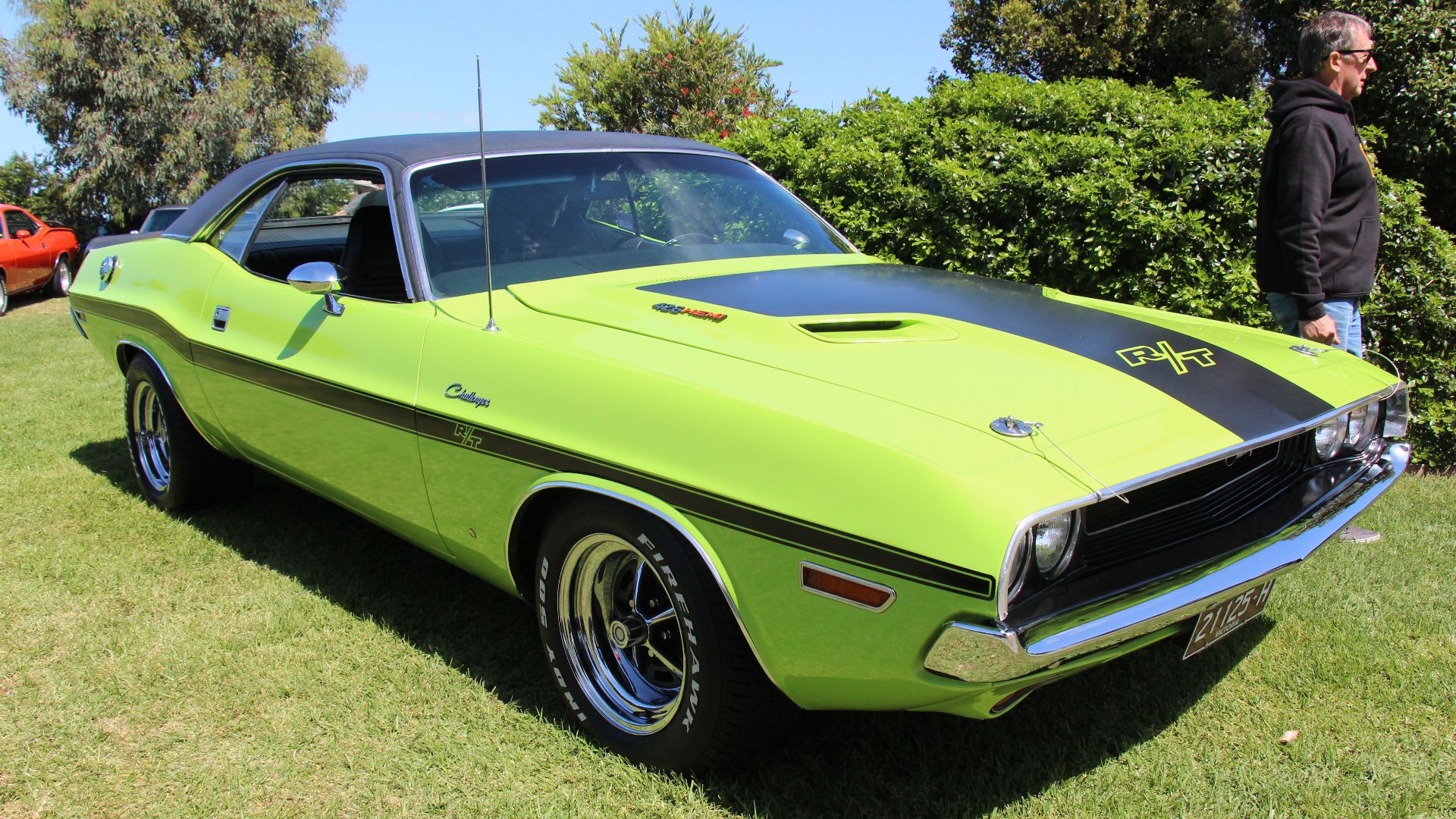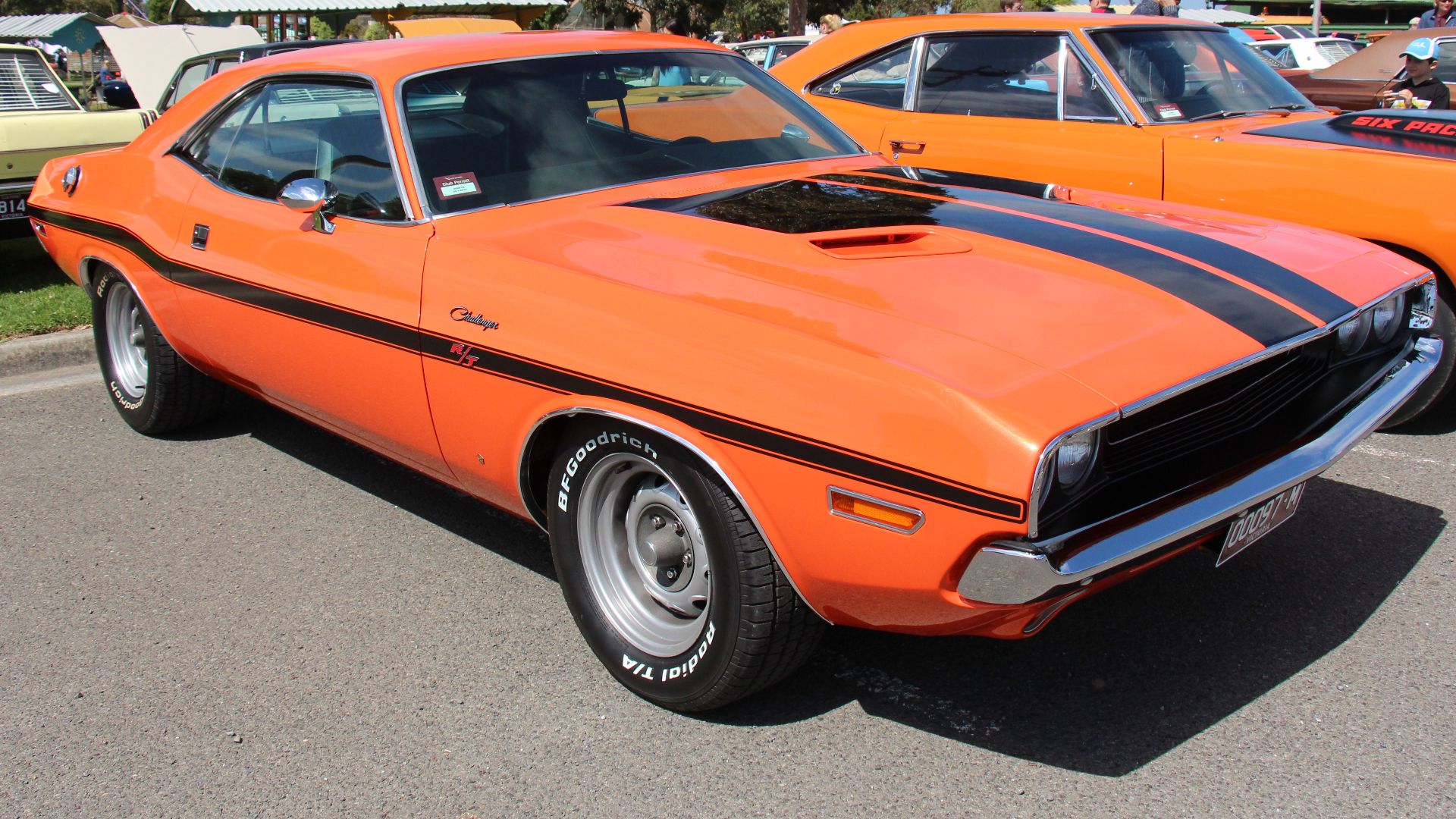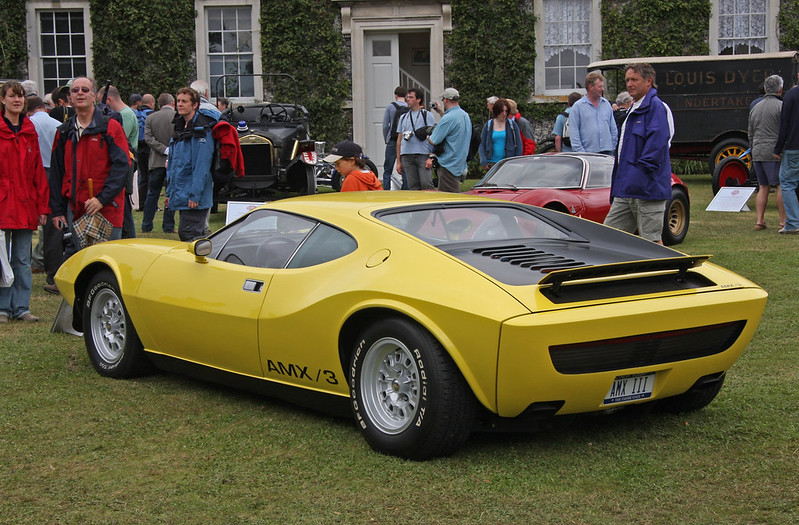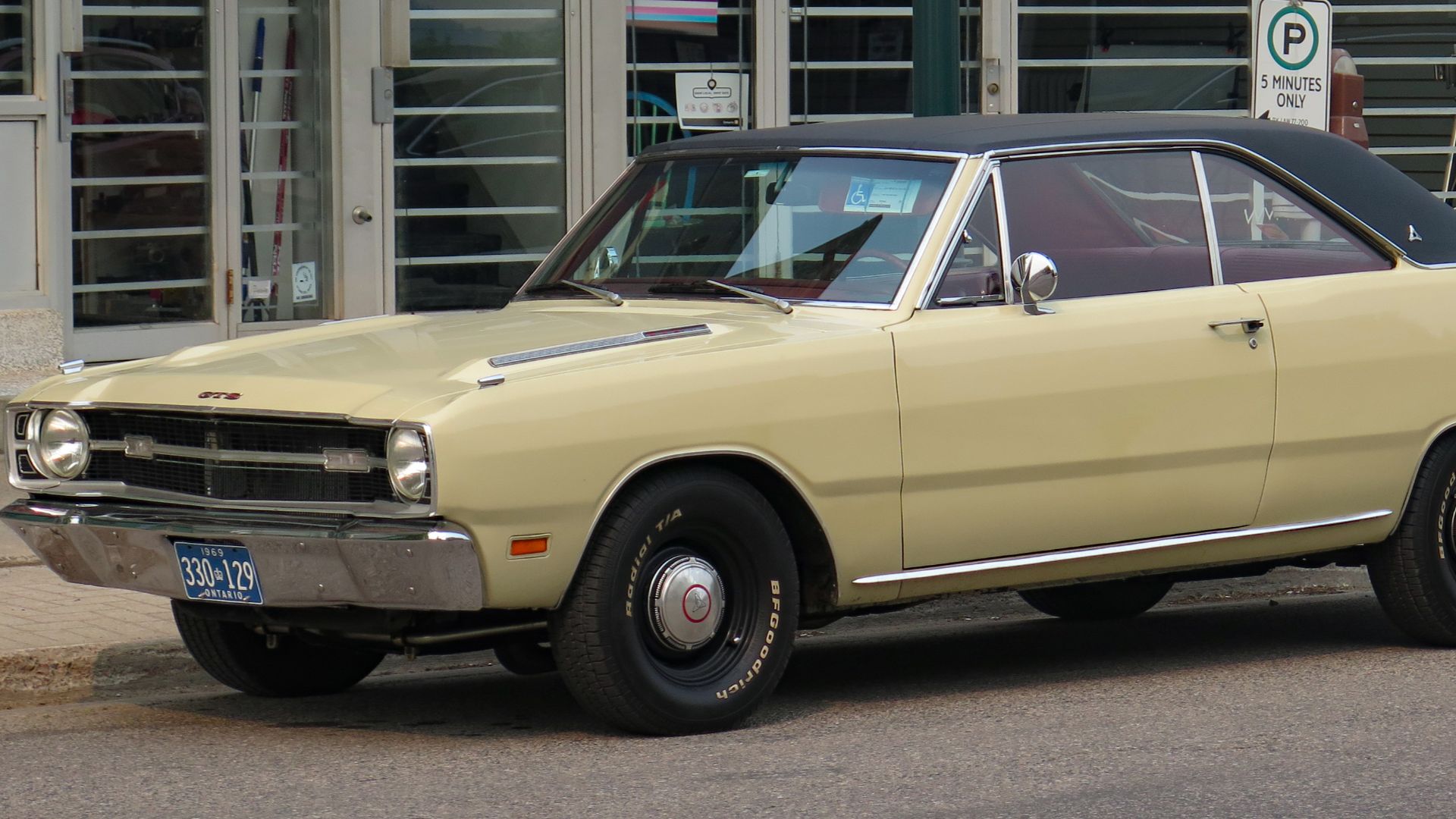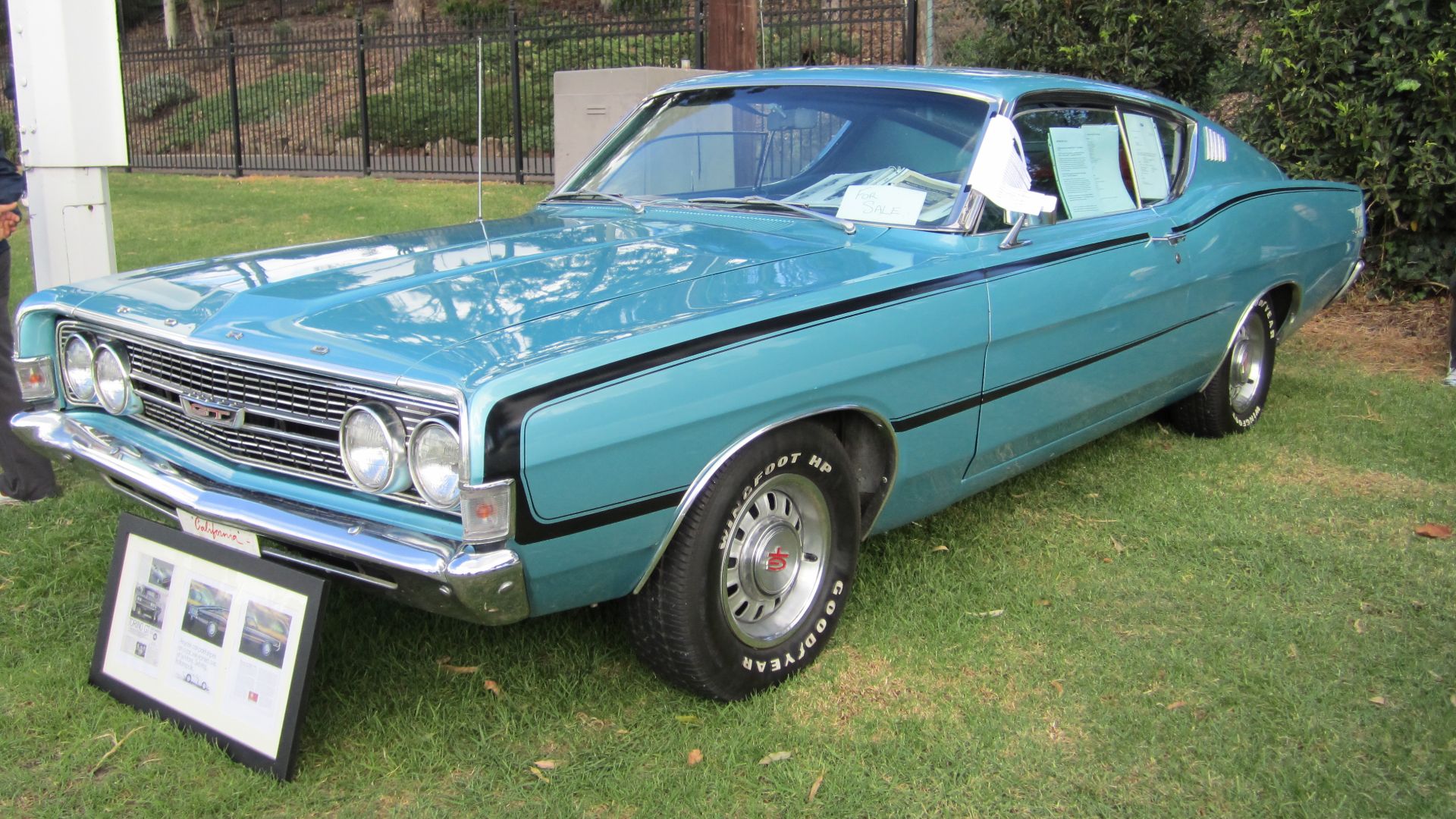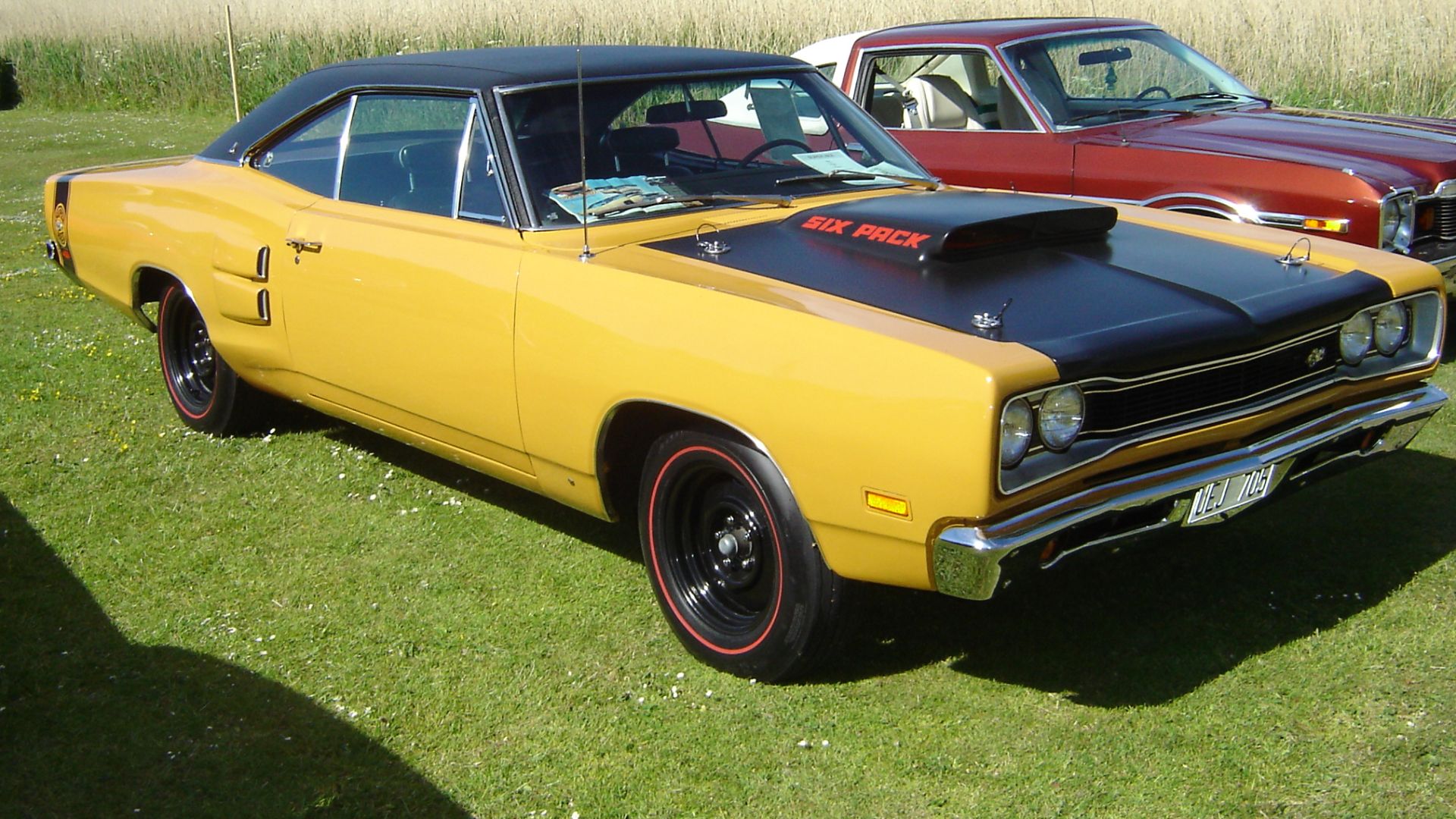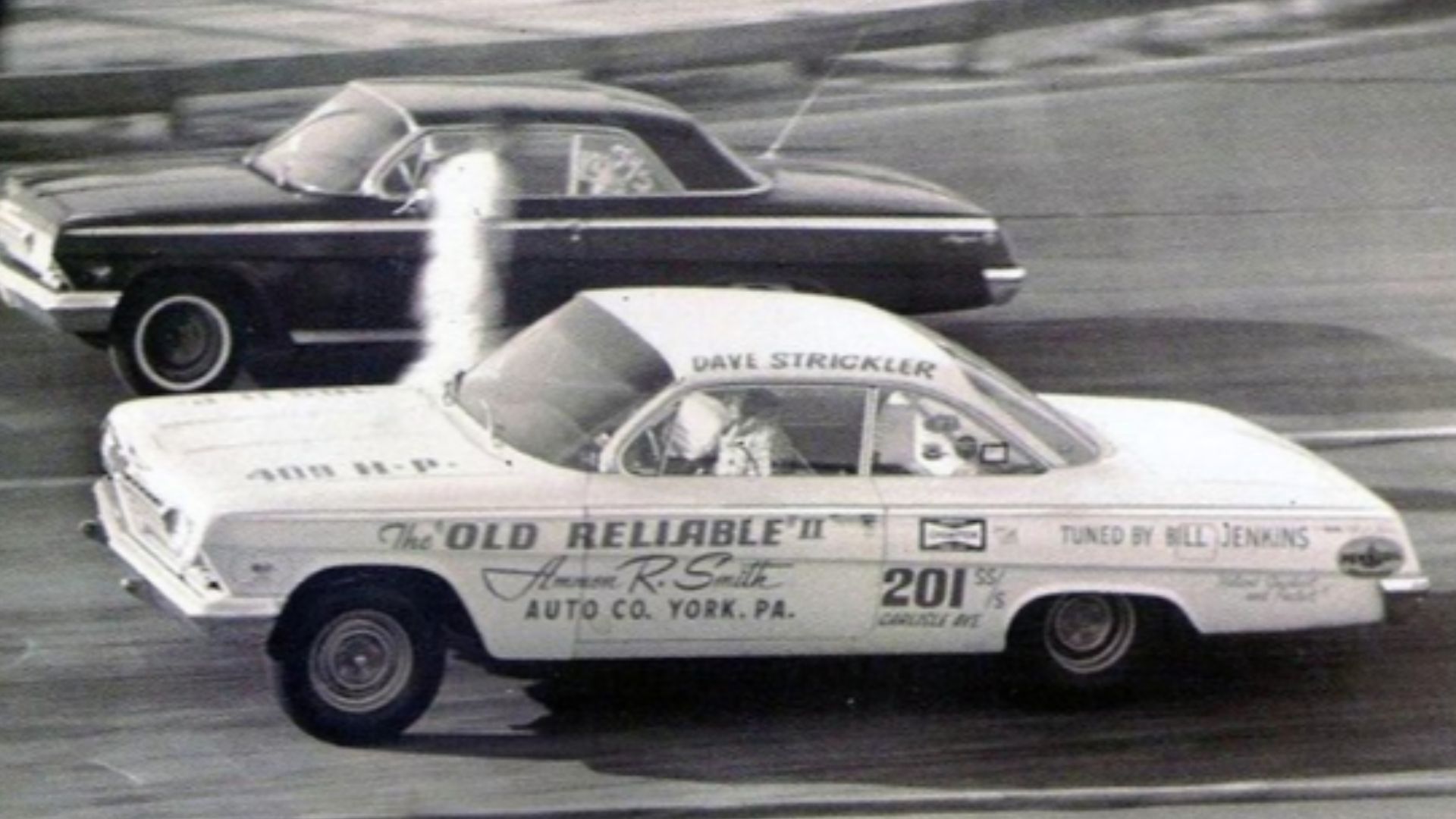There's No Driving These Museum-Based Muscle Cars
Muscle cars are woven into the fabric of the American psyche. They're one of the ultimate representations of Americana, even though Rolls-Royce developed the V8 engine (famously used in muscle cars since the 1950s) in England. Nevertheless, V8s and American muscle go hand-in-engine bay. Here are some American muscle cars that are so rare, they're only found in museums.
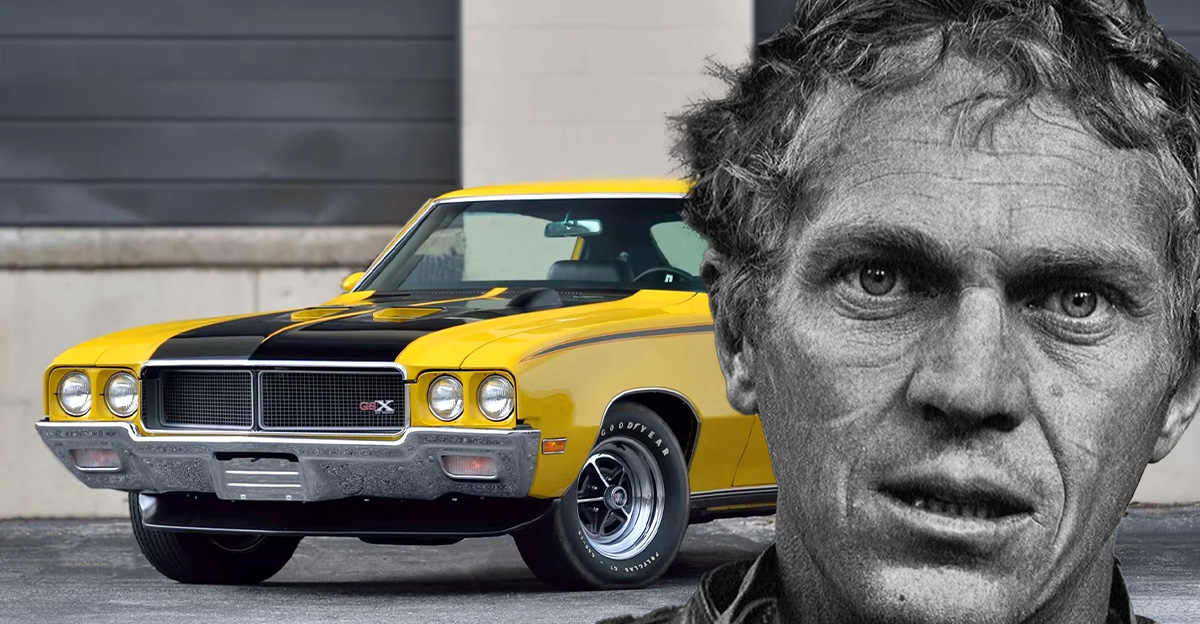
1969 Chevrolet Camaro ZL1
This made-to-order Camaro ZL1 was designed for the racetrack. Built with an all-aluminum 7.0L V8 engine, the ZL1 was originally built for the National Hot Rod Association's racing season in 1969, with a three-speed automatic or four-speed manual transmission. The top sale price of one of these today is a whopping $825,000.
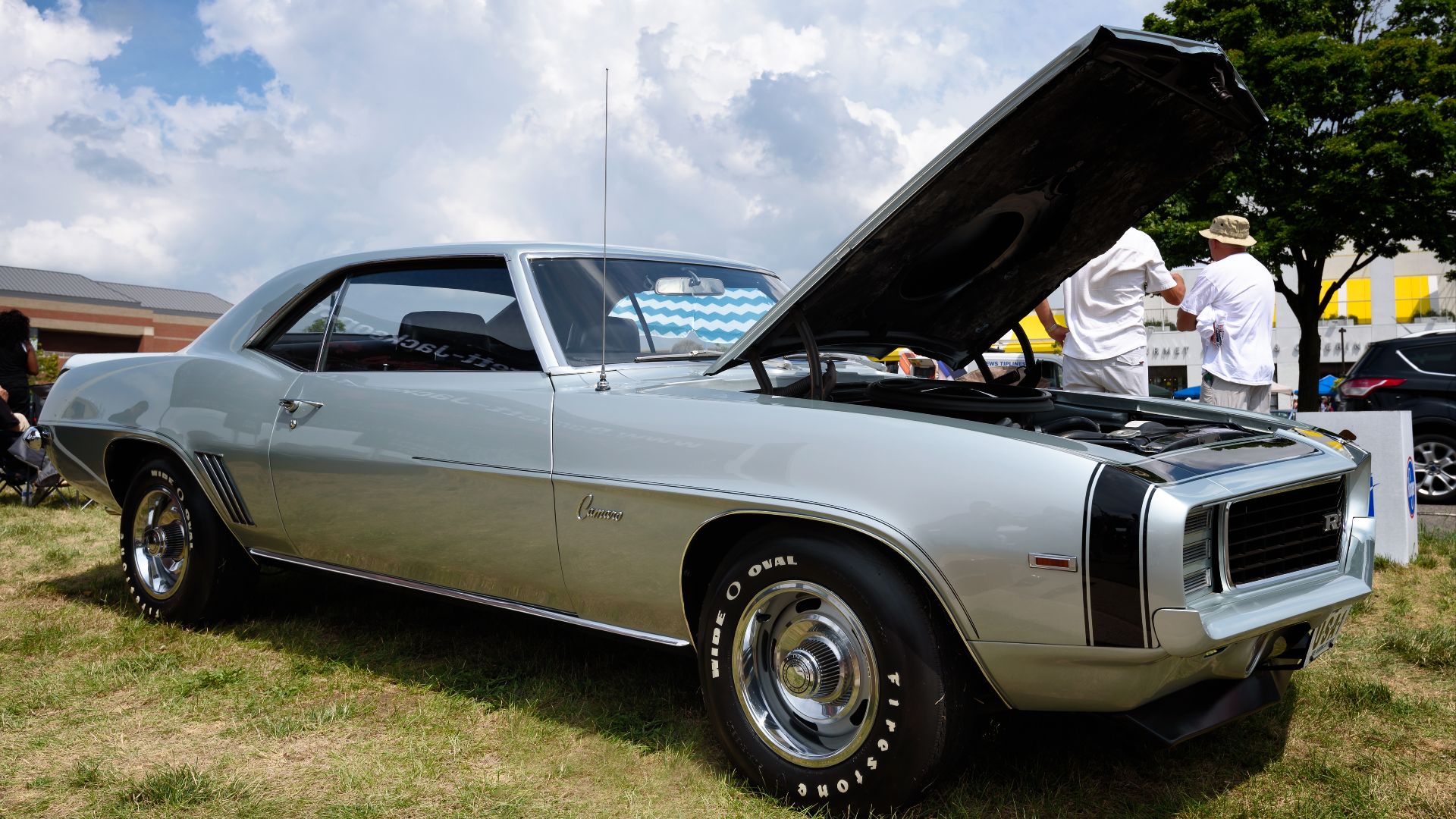 Mustang Joe, Wikimedia Commons
Mustang Joe, Wikimedia Commons
1969 Chevrolet Camaro ZL1 (Cont'd)
Only 69 of the Chevrolet Camaro ZL1s were produced, making them extremely rare. Because they were built for racing, they produced extraordinary power, reaching 60 mph in 5.3 seconds and covering a quarter-mile in about 13 seconds.
1970 Plymouth Hemi Barracuda Convertible
The convertible version of the 1970 Plymouth Hemi Barracuda certainly turned a few heads. The Hemi Barracuda was rare enough, with just 652 ever built, but the convertible version is ultra-rare, with only 14 examples ever built by Plymouth. Powered by the legendary 7.0L Hemi engine, the car was mostly used for Super Stock drag racing.
1970 Plymouth Hemi Barracuda Convertible (Cont'd)
As a drag racing car, it was fitted with lightweight everything, from the main windshield to a hood scoop and even lightweight seats. Rear seats were omitted and sound deadening was built into the interior. In case you were ever confused, it was also fitted with a sticker that denoted it wasn't legally allowed to be driven on the road.
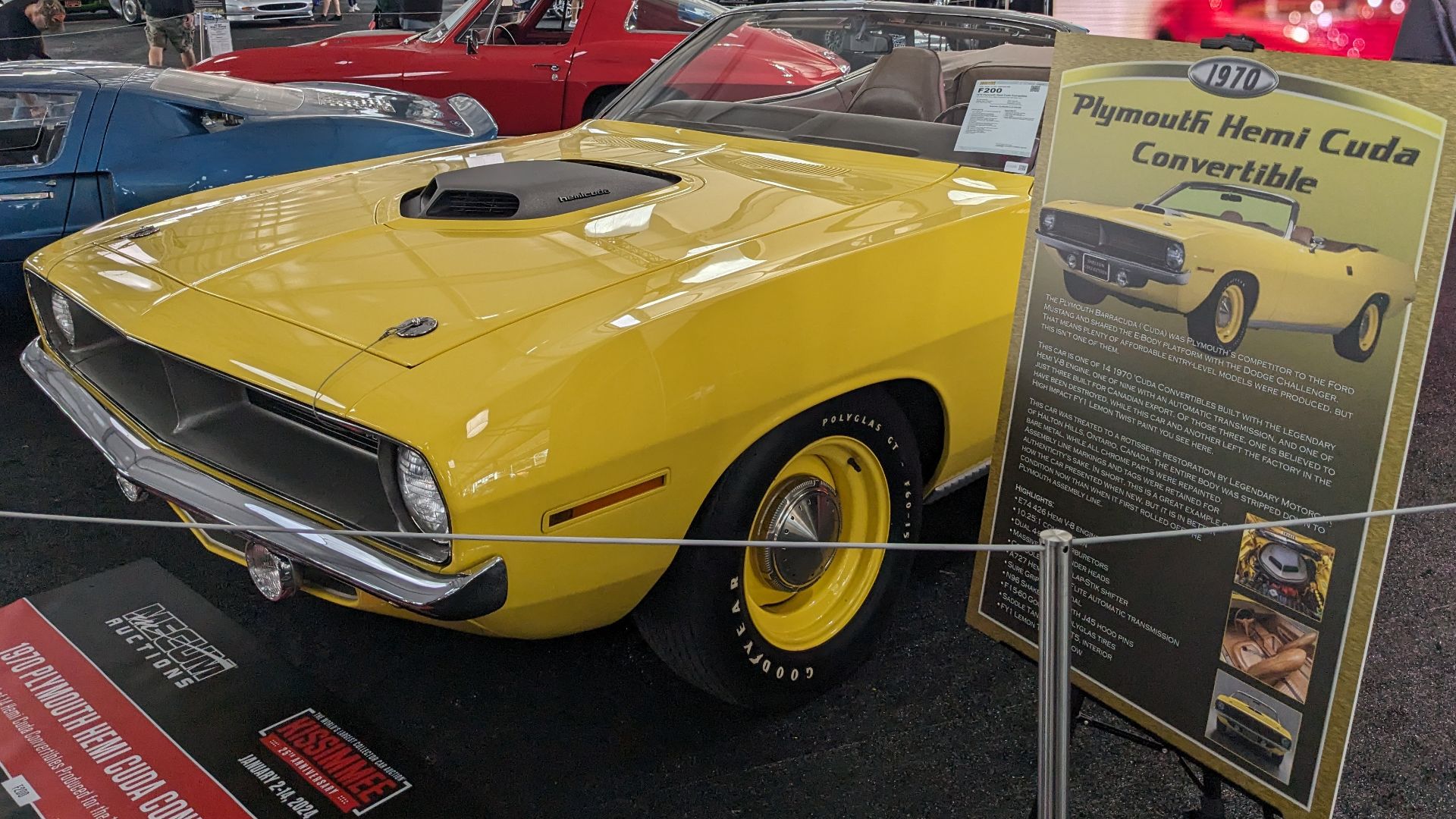 Pokemonprime, Wikimedia Commons
Pokemonprime, Wikimedia Commons
1967 Shelby GT500 Super Snake
The 1967 Shelby Mustang GT500 Super Snake was a rare build of Carroll Shelby's infamous car. It was a one-of-a-kind build, constructed by Shelby for Goodyear Tires to promote the brand. Instead of being fitted with the Mustang's classic V8, it was powered by a much larger 7.0L GT40 engine from the Ford cars that won Le Mans.
 Revology Car Review | 1967 Shelby GT500 Super Snake in Dark Blue Metallic, Revology Cars
Revology Car Review | 1967 Shelby GT500 Super Snake in Dark Blue Metallic, Revology Cars
1967 Shelby GT500 Super Snake (Cont'd)
Appearing in Gone In 60 Seconds (2000), the Shelby GT500 may be one of the world's most infamous movie cars. On the track, this incredible version of the Ford Mustang reached speeds of 170 mph, making it one of the fastest production cars in the world in 1967. The Super Snake can be recognized by its triple stripes along the hood, roof, and trunk.
 The $2 Million Mustang Eleanor!, Supercar Blondie
The $2 Million Mustang Eleanor!, Supercar Blondie
1971 Pontiac GTO Judge Convertible
In 1971, Pontiac released an updated version of the GTO Judge convertible. Using the name from a comedy skit from the TV show Rowan and Martin's Laugh-In (1969), the Judge became something of an icon throughout it's two-year production run, with Pontiac rounding off the GTO's Judge package in 1971 with something rare: a convertible muscle car.
 1 of 17 1971 Pontiac GTO Judge Convertible Muscle Car Of The Week Video Episode #202, V8TV
1 of 17 1971 Pontiac GTO Judge Convertible Muscle Car Of The Week Video Episode #202, V8TV
1971 Pontiac GTO Judge Convertible (Cont'd)
The Judge was a high-performance variant of the GTO, fitted with a 7.4L V8 engine that produced 300 hp from a high-octane engine. In 1971, the final GTO Judge packages were built, and just 17 were convertibles—making this particular model year one of the rarest Pontiacs ever.
 1971 Pontiac GTO Judge from the RKMCCA 11/2/13 Charlotte Auction, RKM Collector Car Auctions
1971 Pontiac GTO Judge from the RKMCCA 11/2/13 Charlotte Auction, RKM Collector Car Auctions
1970 Chevrolet Chevelle SS 454 LS6
The 1970s were definitely the year of the muscle car. Enter, the Chevrolet Chevelle SS 454 LS6. Just 4,475 of these were produced in 1970, which are particularly rare because of their power package: the 7.0L LS6 engine, featuring a Holley four-barrel carburetor which produced 450 hp. It was only produced for one year.
1970 Chevrolet Chevelle SS 454 LS6 (Cont'd)
Despite building such a high number of these peak performance cars, the LS6 is still fairly rare. Featuring Chevrolet's iconic double stripes down the center of the car from front to back, the LS6 is widely considered the King of Muscle and is one of Chevrolet's all-time iconic SS cars.
1969 Dodge Charger Daytona
Built as a high-performance racing edition of the Dodge Charger, the Daytona variant was supposed to be the successor to Dodge Charger 500. This racing beast won its inaugural race at the Talladega 500, becoming the first car to break 200 mph in NASCAR history. It won two races in its inaugural year, followed by four the next year.
1969 Dodge Charger Daytona (Cont'd)
A unique design known as the "aero car" changed the way that the Daytona performed on the track. It featured a "nose cone" front grille (where the grille swoops to a forward point), replacing the traditional upright grille, and a 23-inch long "stabilizer" wing on the rear deck. Under the hood, it was powered by a 7.2L Magnum V8 engine, with an option for a 7.0L Hemi V8 instead—just 70 of the latter were ever built. The cars were known as the "Winged Warriors" thanks to their rear spoilers.
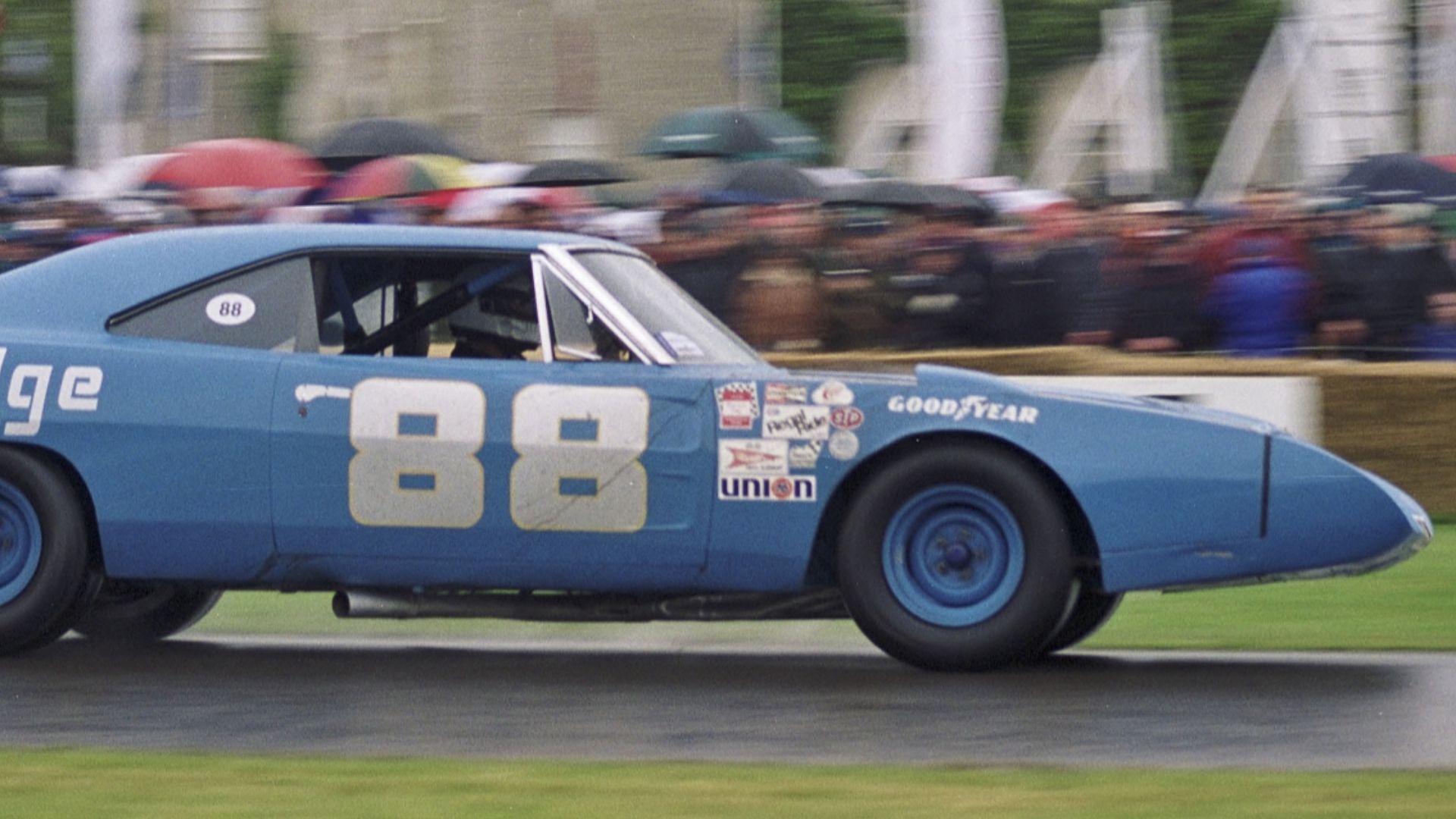 PSParrot from England, Wikimedia Commons
PSParrot from England, Wikimedia Commons
1970 Buick GSX Stage 1
Buick may have a long history as a luxury brand, but the 1970 GSX Stage 1 was its contribution to the years of muscle car building by American auto manufacturers. Fitted with a 7.4L engine, Buick's Stage 1 came with a "Stage 1" upgrade package to the engine and handling mechanisms of the car. The car was based on the Buick Skylark from 1964-65.
1970 Buick GSX Stage 1 (Cont'd)
A specially-designed prototype was displayed at the Chicago Motor Show in 1970, to gage public reaction to the new car. It featured a Mother of Pearl white paint job, hood scoops, a three-piece spoiler, multicolored interior, and a prototype front spoiler. Just 400 of the Stage 1 GSXs were built in 1970, with the 455 engine producing the highest torque output of any American muscle car ever. That record stood for 33 years.
1971 Plymouth Road Runner Hemi
Just 55 of these 1971 Plymouth Road Runners were produced, each equipped with the legendary Hemi V8 engine. It was a beast, both inside and out. It had six-way power seating, plush thick shag carpets, but strangely, air conditioning and power windows weren't available for the Hemi version of the Road Runner.
 1971 Plymouth Road Runner 426 Hemi Muscle Car Of The Week Video #63, MuscleCarOfTheWeek
1971 Plymouth Road Runner 426 Hemi Muscle Car Of The Week Video #63, MuscleCarOfTheWeek
1971 Plymouth Road Runner Hemi (Cont'd)
Maybe that's because the Plymouth Road Runner Hemi was also a convertible—no need for AC nor power windows if you're gonna ride with the top down! The Road Runner Hemi was one of the most legendary cars built by Plymouth, who discontinued operations in 2001 after being bought by Chrysler.
1969 Ford Mustang Boss 429
Another Ford Mustang for your troubles: the 7.0L Ford Mustang Boss was a race-designed variant of the 1969 Ford Mustang. This allowed Ford to homologate (build enough cars to satisfy NASCAR's racing rules) a newer higher-performance variant of their original 429 V8 for NASCAR racing, and provide a larger engine for the Mustang Boss, which had been Ford's go-to engine for Trans-Am racing for years.
1969 Ford Mustang Boss 429 (Cont'd)
The newer, faster, and bigger Boss 429 had one problem: weight distribution. Because of the large engine, it needed to be fitted with a special sway bar in the rear to abate it's "nose-heavy" nature. The engine produced 375 hp and had a top speed of 114 mph.
1968 Chevrolet Corvette L88
The 1968 Chevy Corvette L88 was the high-performance variant of the already high-performance Chevrolet Corvette C3. You might not think of the Corvette as being a muscle car (it more so fits in the "sports car" category), but the L88 was Chevrolet's attempt to bring muscle car power to a lightweight, aerodynamic sports car.
 1968 Chevrolet Corvette L88 427 Roadster Muscle Car Of The Week Video #41, MuscleCarOfTheWeek
1968 Chevrolet Corvette L88 427 Roadster Muscle Car Of The Week Video #41, MuscleCarOfTheWeek
1968 Chevrolet Corvette L88 (Cont'd)
It was a huge success, powered by a 7.0L V8 engine that produced a staggering 560 hp with heavy-duty suspension. Because of the size of the engine, the L88 had to be built with a domed hood and aluminum air intakes to reduce weight. Just 80 of these high-performance variants were built in 1968. The most expensive C3 to ever sell was a 1969 L88 that sold for $2.8 million in 2014.
 1968 Chevrolet Corvette L88 Stingray C3 Le Mans, The Gallery Cars - Car videos
1968 Chevrolet Corvette L88 Stingray C3 Le Mans, The Gallery Cars - Car videos
1970 Oldsmobile 4-4-2 W-30
In 1970, Oldsmobile were producing excellent cars, including the ultra-rare 4-4-2 W-30 muscle car. Featuring a four-barrel carburetor, a four-speed manual transmission, and dual exhausts, the W-30 variant of the 442 in 1970 featured a fiberglass hood and air scoops. Powered by a 7.0L V8 engine, the 1970 W-30 produced a staggering 365 hp.
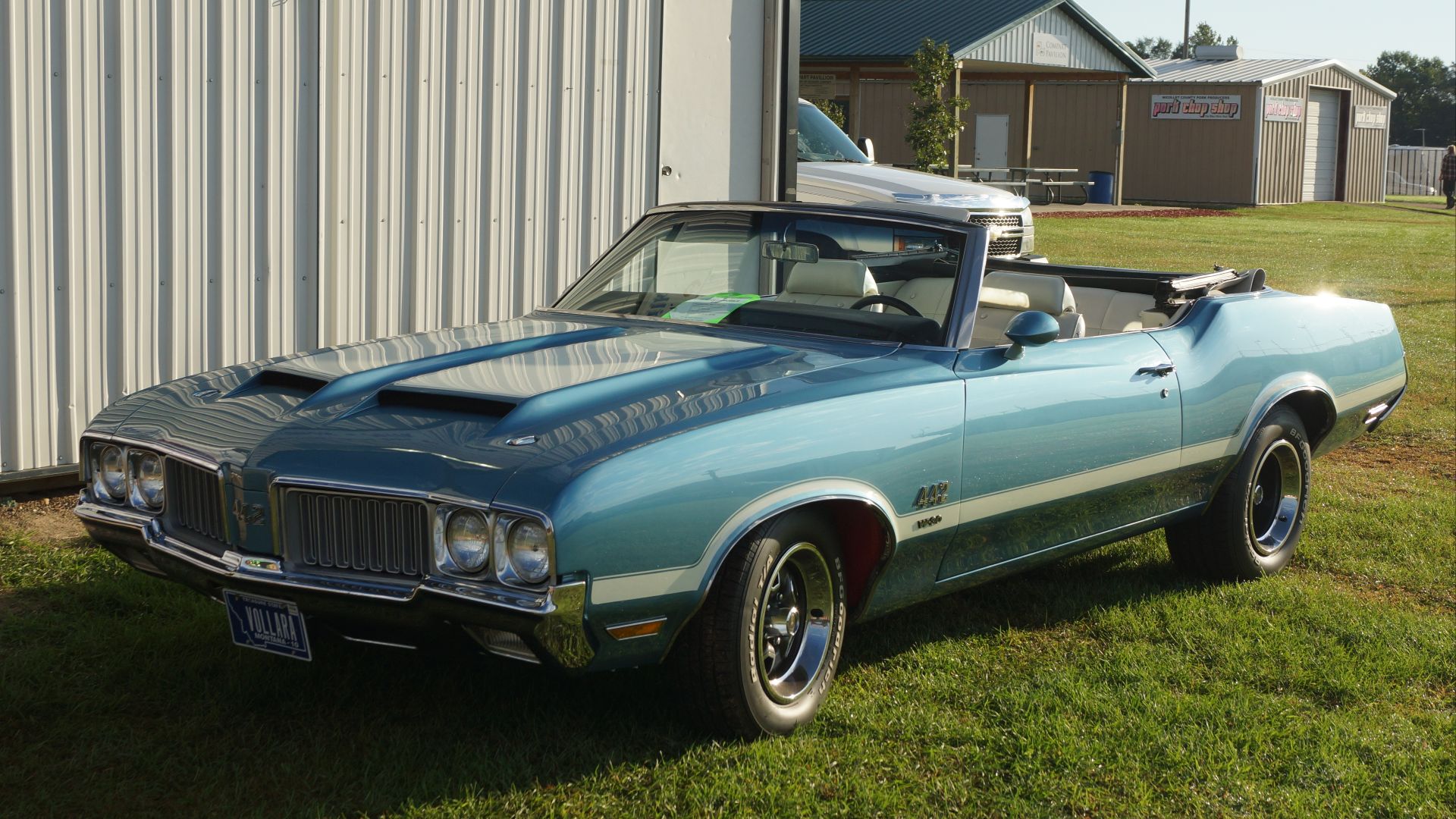 Greg Gjerdingen from Willmar, USA, Wikimedia Commons
Greg Gjerdingen from Willmar, USA, Wikimedia Commons
1970 Oldsmobile 4-4-2 W-30 (Cont'd)
The air scoops on the hood combined with a small rear spoiler gave the Oldsmobile 4-4-2 the look of a muscle car from the 1970s. Meanwhile, the engine provided outstanding performance. One of these bad boys was the pace car for the Indy 500 in 1970.
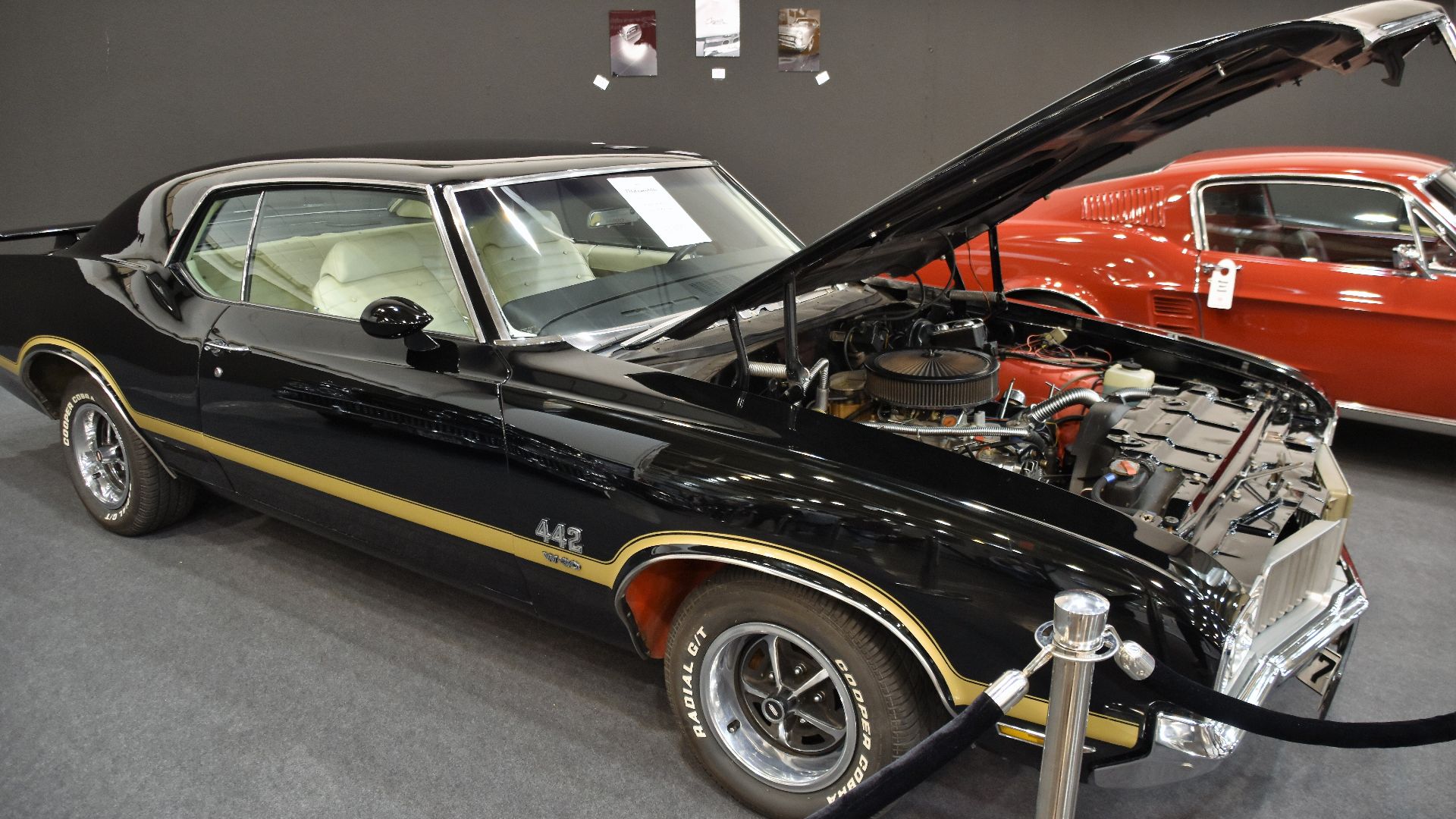 Charles from Port Chester, New York, Wikimedia Commons
Charles from Port Chester, New York, Wikimedia Commons
1969 Pontiac Firebird Trans Am
The Firebird was introduced in 1967 with great fanfare and critical acclaim, representing a huge shift from Pontiac, toward producing high-performance muscle cars that could do the work on the track and the road. Designed as a pony car to compete with the Ford Mustang, the 1969 version of the Firebird, the Trans Am, was a higher-performance variant, including upgraded handling, suspension, and more horsepower.
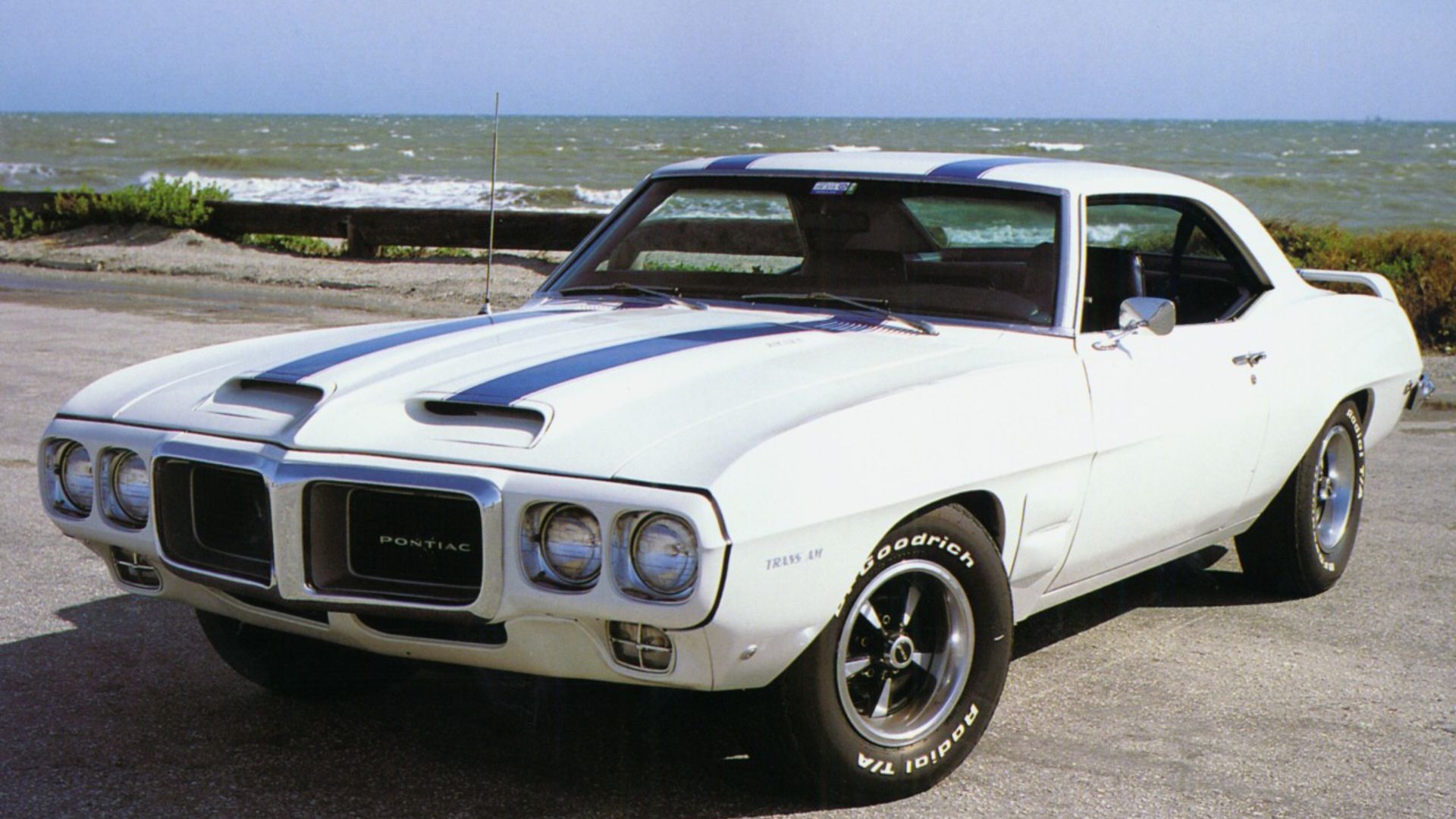 Matt Morgan from Alameda, Wikimedia Commons
Matt Morgan from Alameda, Wikimedia Commons
1969 Pontiac Firebird Trans Am (Cont'd)
Delivered with a 5.0L to 7.6L V8 engine, the Firebird Trans Am would come with a legendary flaming bird on the hood. Just eight convertible models of the 1969 Firebird Trans Am were produced, with 689 hardtop models. This makes the '69 Trans Am one of the rarest versions of the legendary Pontiac muscle car.
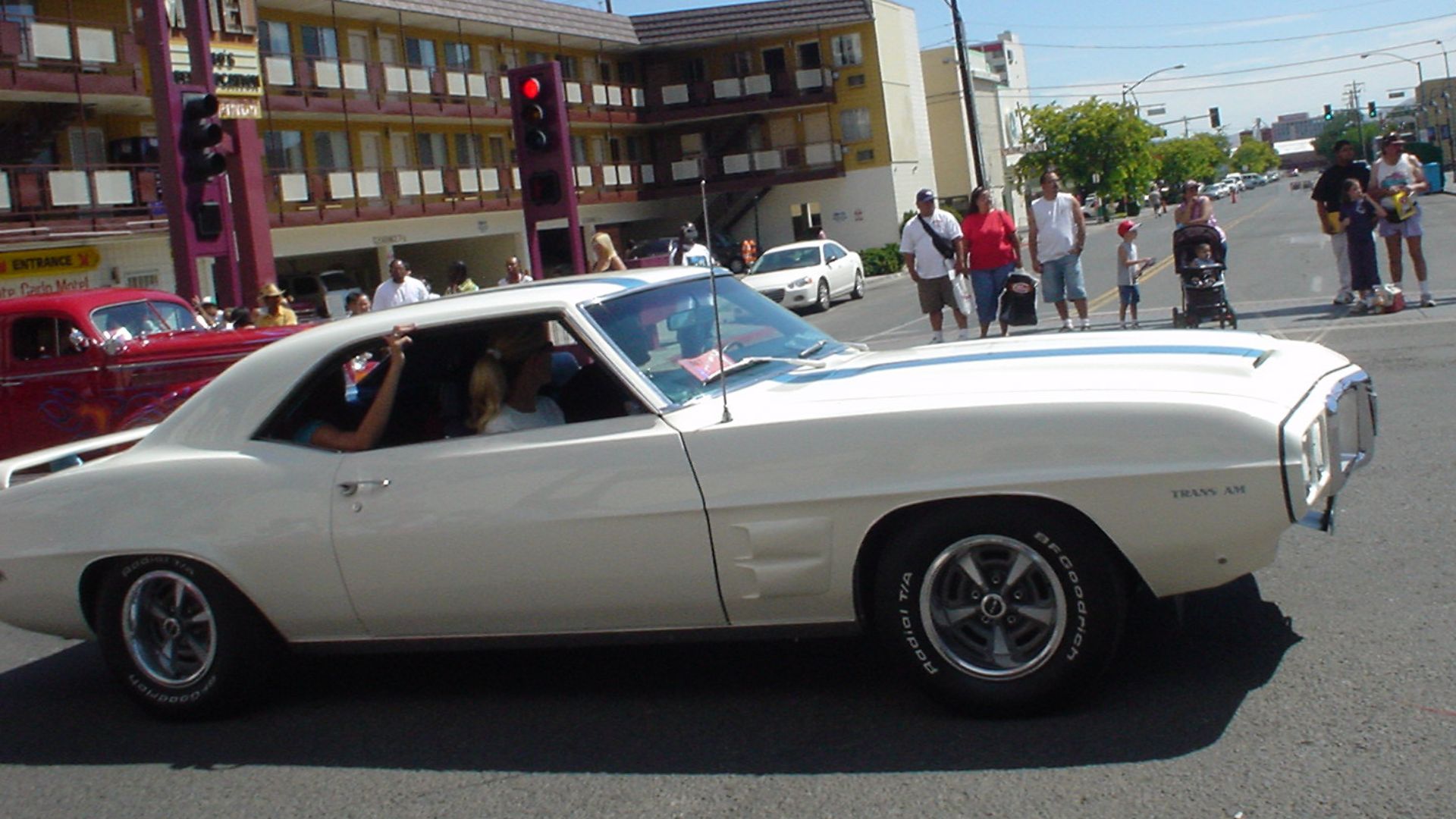 Lyn Gateley from Silicon Valley, CA, USA, Wikimedia Commons
Lyn Gateley from Silicon Valley, CA, USA, Wikimedia Commons
1970 Dodge Challenger R/T Hemi
Powered by a 3.6L Magnum V8 engine, the Challenger R/T (Road/Track) was Dodge's contribution to the field of road-track muscle cars in 1970. Available as either a convertible or a hardtop, the R/T Hemi was rated for 425 hp with a top speed of 150 mph. The convertible version also included a small luggage rack bolted to the trunk lid.
1970 Dodge Challenger R/T Hemi (Cont'd)
The 1970 Dodge Challenger R/T Hemi has a rather controversial history in Detroit, MI. It's known as a car driven by street racers, called the "Black Ghost", and renowned for its ability to show up, win a race against faster cars, and then disappear again. Its driver was eventually identified as a Purple Heart recipient and former motorcycle cop. One such black Dodge Challenger R/T Hemi sold for $975,000 at auction in 2023.
1969 AMC AMX/3
In the late 1960s, the decline of the American Motor Corporation, or AMC, wasn't even a twinkle in the eye of their competitors. Not least because of impressive cars like the AMC AMX/3, of which only six were ever built. The two-door coupe was powered by 6.4L V8 engine that produced an impressive 640 hp. The project never made it to full mass production.
1969 AMC AMX/3 (Cont'd)
AMC abandoned the AMX III in late 1969 without giving a reason, but rumors about their financial troubles had begun to swirl. AMC had sunk about $2 million into the AMX III, with Ford's De Tomaso Pantera being the car's main competitor, which went ahead with production. All was not well at the American Motors Corporation.
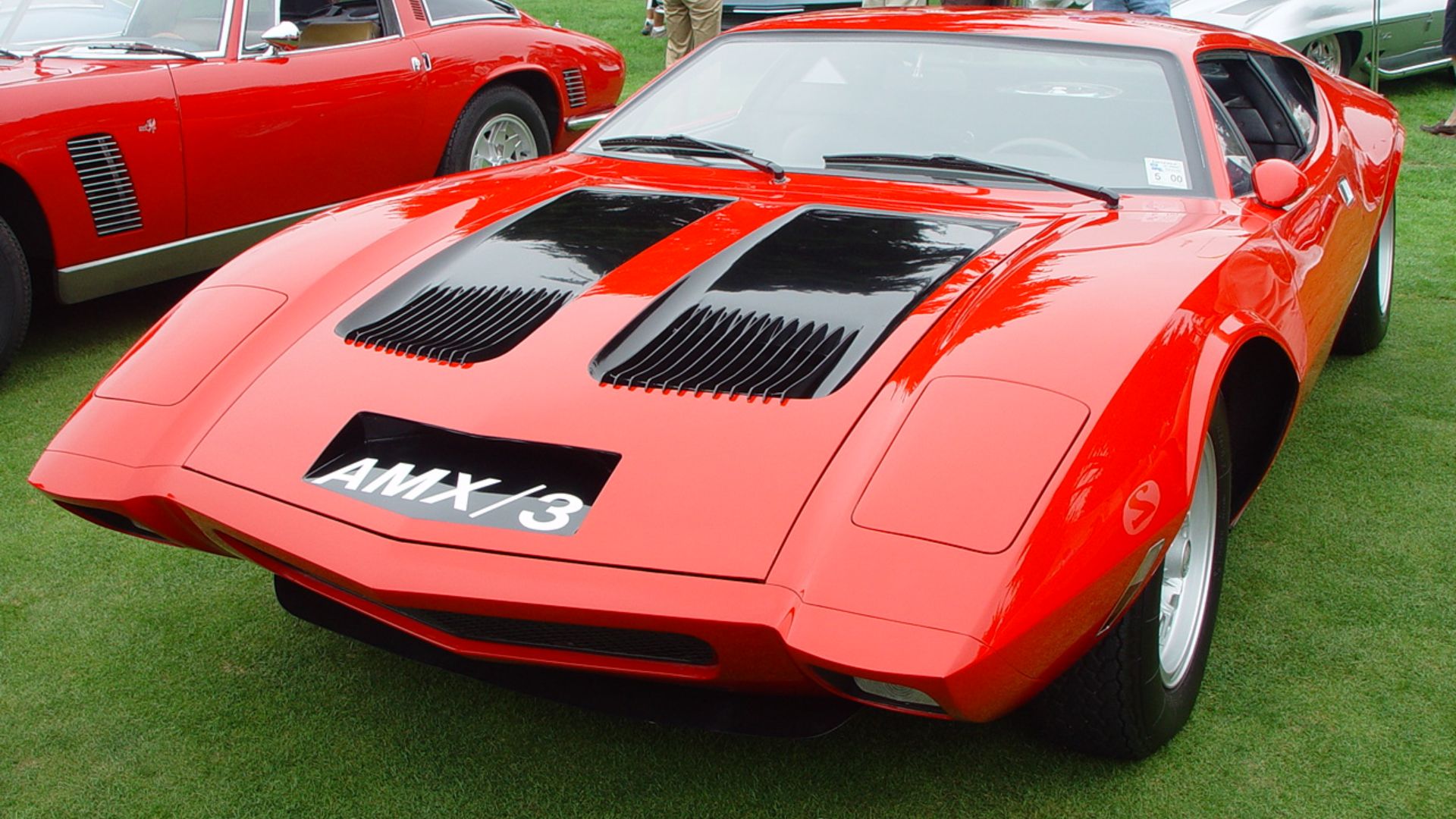 Craig Howell from San Carlos, CA, USA, Wikimedia Commons
Craig Howell from San Carlos, CA, USA, Wikimedia Commons
1967 Dodge Coronet W023
Back in 1967, Dodge produced the fifth-generation Coronet, known as W023, with a 117-inch wheelbase, powered by the Dodge Hemi V8 engine, a 7.0L beast rated for 425 hp. Available with either a three-speed automatic or four-speed manual transmission, the 1967 Coronet was built with drag racing in mind, using lightweight materials.
 1967 Dodge Coronet W023, Mark Owen
1967 Dodge Coronet W023, Mark Owen
1967 Dodge Coronet W023 (Cont'd)
Just 349 Dodge Coronet W023s were built in 1967, accounting for just 0.2% of all Coronets sold, making the 1967 W023 Hemi one of the rarest models of an already-rare sedan from Dodge. It was equipped with a "Police Pack" suspension and trunk-mounted battery, mirroring the Coronet in every other way except performance.
 Forza Motorsport 4 - Dodge Coronet W023 1967 - Test Drive Gameplay (HD) [1080p60FPS], Throneful
Forza Motorsport 4 - Dodge Coronet W023 1967 - Test Drive Gameplay (HD) [1080p60FPS], Throneful
1970 Mercury Cougar Eliminator
The Eliminator certainly worked hard to eliminate the competition. It was the performance-based version of the Mercury Cougar: Mercury's answer to competitors in the space. It featured racing stripes (usually black on an either orange or red body), with a rear spoiler, upgraded suspension, and was powered a Ford Boss 302 V8 engine.
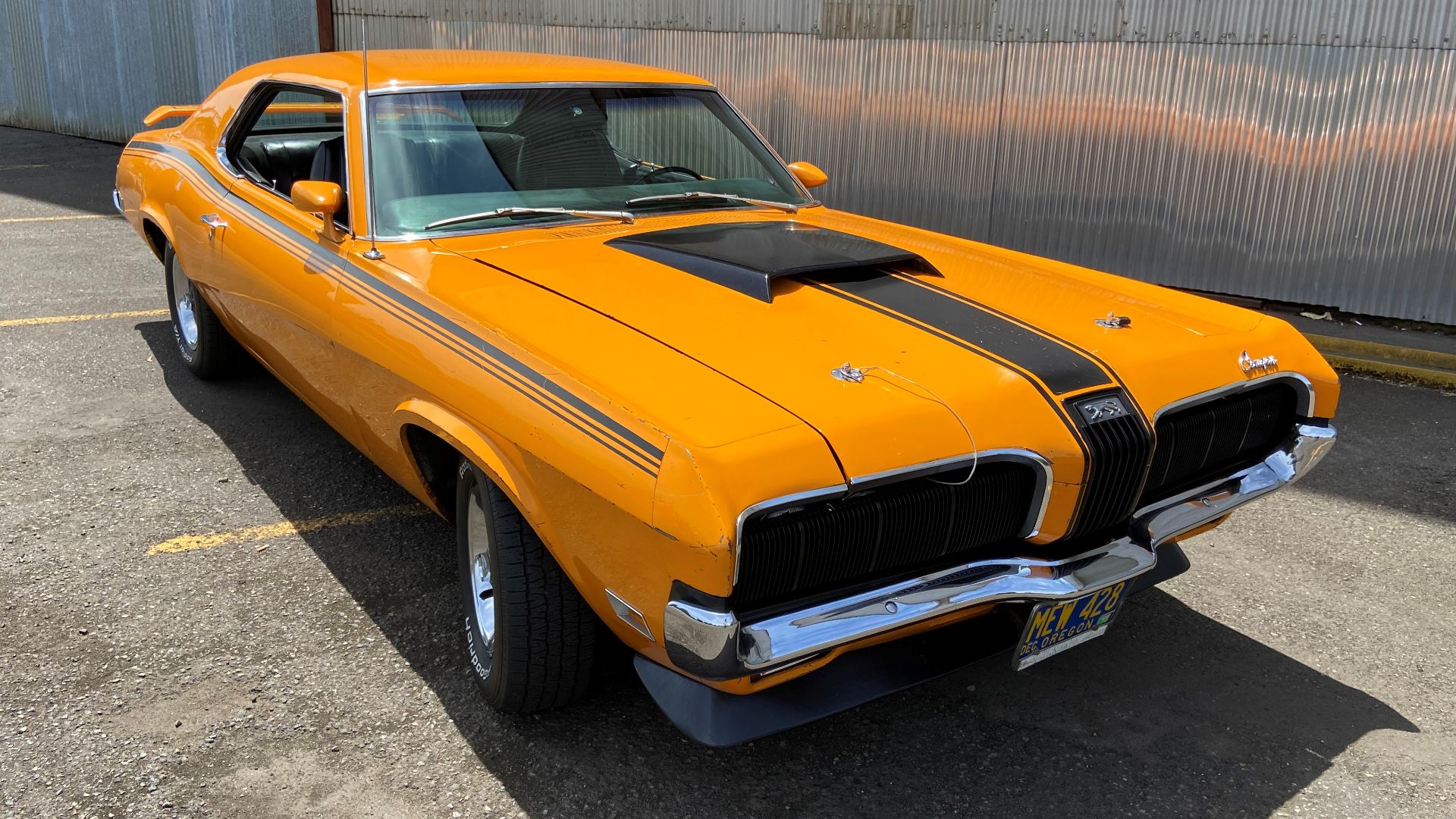 A1970Eliminator, Wikimedia Commons
A1970Eliminator, Wikimedia Commons
1970 Mercury Cougar Eliminator (Cont'd)
The four-barrel carburetor on the Eliminator gave the car 290 hp through its massive engine. Performance tires, an upgraded handling package, and a new color (Competition Blue) completed the upgrades. Just 2,267 Eliminators were produced in 1970, including a few with an electric sunroof that were not available to the public. These were all built on cars purchased by the Hertz Rental Company for their "Rent A Racer" program.
1969 Dodge Dart GTS 440
Before there was the Dodge Challenger, there was the Dodge Dart. A swift departure from the OG compact car that the Dart had been, the 1969 Dart GTS 440 was the top-of-the-line performance-based Dart. Powered by a 7.2L V8, the Dart was quick and nimble, as well as being on the shorter end of performance-based muscle cars, with a short wheelbase.
1969 Dodge Dart GTS 440 (Cont'd)
It more than made up for its short stature in terms of power, though. Its power, delivered by a V8, produced 375 horses and could hit 60 mph in 5.2 seconds. It had a staggering top speed of 146 mph. Just 640 of these beasts were built by Dodge before the beginning of the 1970s.
 1969 Dodge Dart GTS - Denver Showroom #604 Gateway Classic Cars, GatewayClassicCars
1969 Dodge Dart GTS - Denver Showroom #604 Gateway Classic Cars, GatewayClassicCars
1968 Ford Torino GT Fastback
Known as the "Silver Fox" when painted with Ford's beautiful silver paint, the Ford Torino GT Fastback might not be one of the more popular muscle cars of the late 1960s, but it was one of the more powerful unsung muscle cars of the era. All cars featured either a Windsor or Ford V8 engine that produced 335 hp.
1968 Ford Torino GT Fastback (Cont'd)
The fastback body style was brand new for Ford muscle cars in 1968, with the Torino GT featuring a sloping roof line that extended all the way to the edge of the trunk lid, making it aerodynamically superb. The Torino GT would go onto achieve racing supremacy in 1969 and 1970, winning 29 races.
 1968 Ford Torino GT Fastback, Unique Classic Cars
1968 Ford Torino GT Fastback, Unique Classic Cars
Dodge Super Bee
The Dodge Super Bee was one of the most popular and unique muscle cars of the late 1960s. Produced from 1968 to 1971, the Super Bee underwent a transformation during its early years, going from being an affordable muscle car based on the Dodge Coronet platform to an ultra-rare and memorable classic muscle car.
Dodge Super Bee (Cont'd)
Nicknamed the "Super Bee", this gorgeous muscle car was available in a black-and-yellow body paint only. Under the hood, powered by a Hemi V8 engine, it could cover 0 to 60MPH in under 4.5 seconds, while the engine churned out 485HP.
1963 Chevrolet Impala Z11
The 1963 Chevrolet Impala ZL1 was Chevy's bid in the early 1960s to command the drag racing scene. Featuring a huge 7.0L V8 engine, the ZL1 was intended to tear up the drag strip, which it did handily, reaching 60MPH in just 4.3 seconds and hitting a top speed of 120MPH, while it's huge engine produced 485HP.
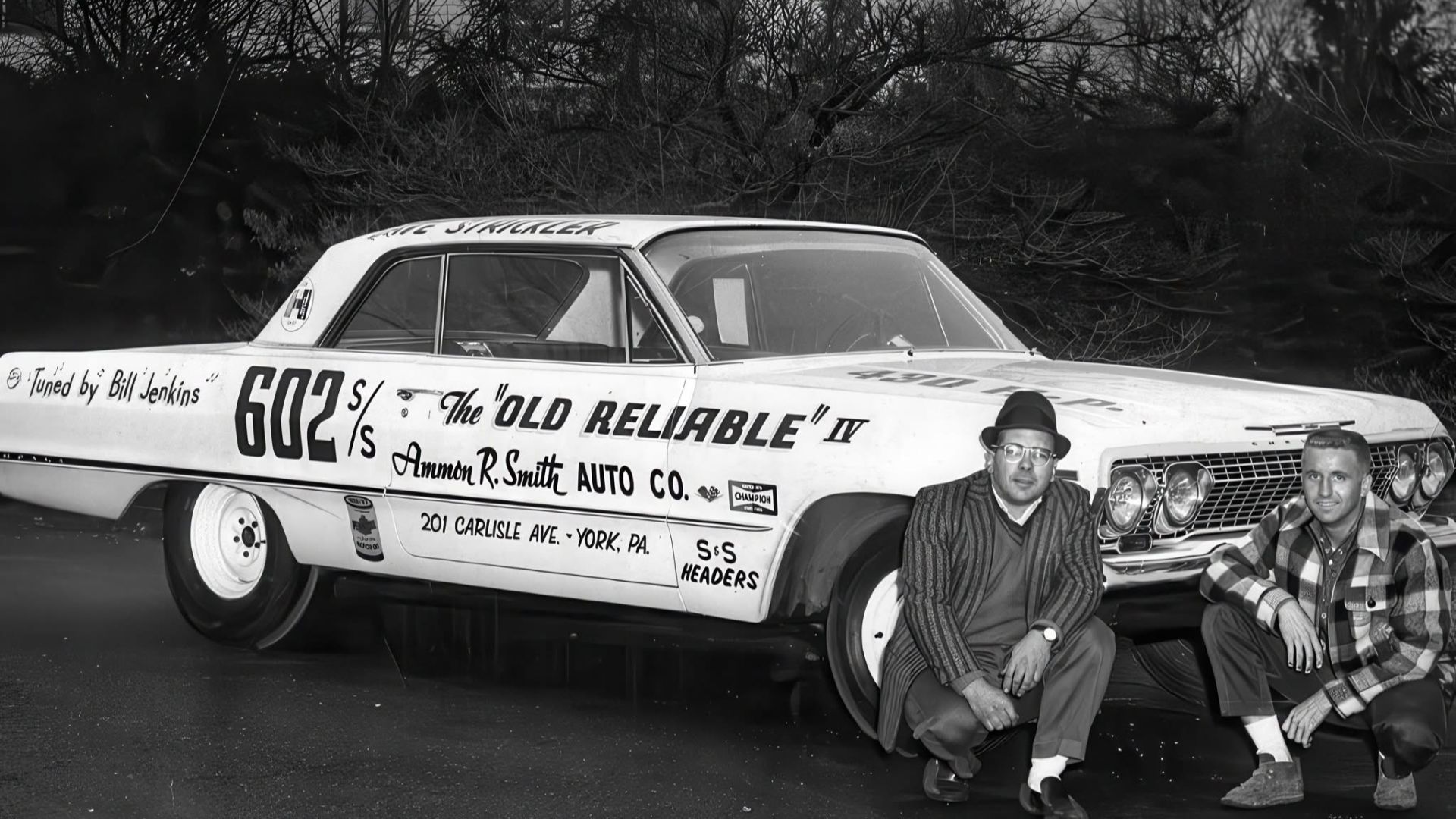 Rattus Patrolus, Wikimedia Commons
Rattus Patrolus, Wikimedia Commons
1963 Chevrolet Impala ZL1 (Cont'd)
Because of Chevy's focus on drag racing, the ZL1 was limited in it's production numbers, with just 57 built in 1963, making it one of the most rare and collectible and Camaros ever produced.
You May Also Like:
How Much? See If You've Got Enough For The World's Most Expensive Cars
The Worst "Sports Cars" Ever Made


